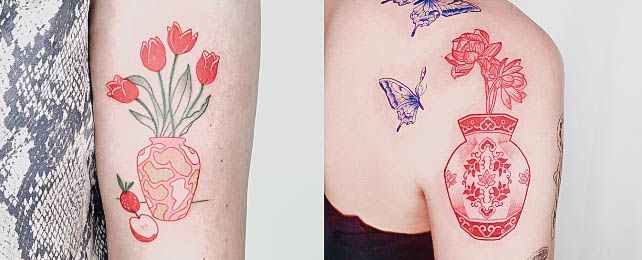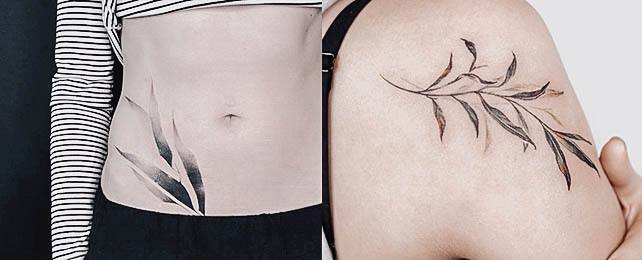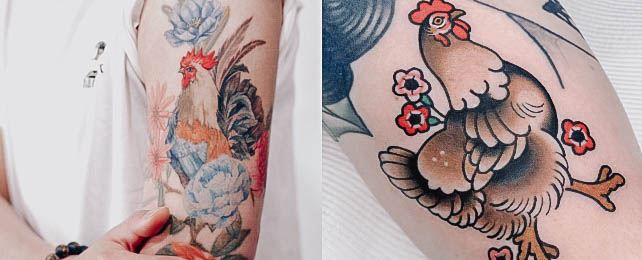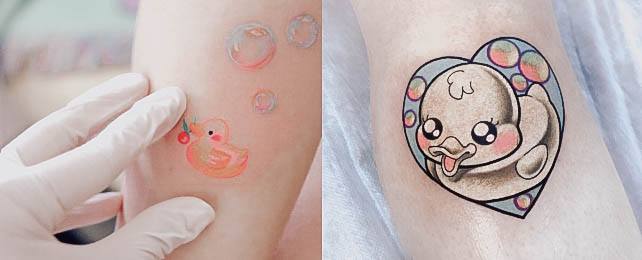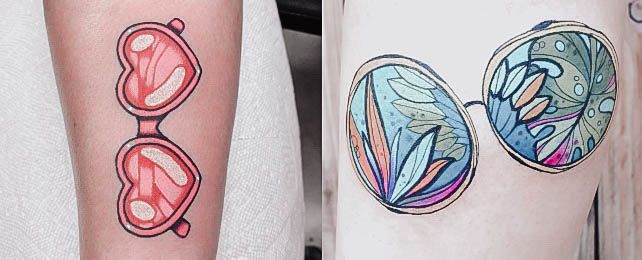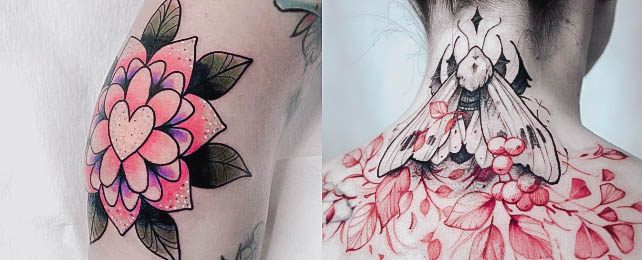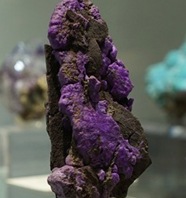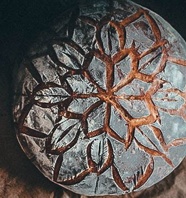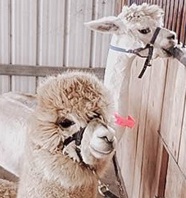Pottery tattoos portray more femininity, unlike other forms of painting, making them an excellent option for women who want a tattoo, but don’t want something too masculine.
The art of pottery has been practiced for centuries, so it makes sense that it would become a popular choice for female tattoo artists. This sort of tattoo allows you to show your individuality and personality through an artistic representation.
From subtle geometric designs to large-scale pieces, there’s no shortage of options when it comes to getting inked. But if you’re looking for something meaningful, there’s nothing better than pottery tattoos, and we’re not talking about the kind that sits on your kitchen counter.
For most designs, fine lines and dotwork patterns are the way to go. These techniques create an effect similar to the styles found on decorative mugs, vases and clay pots.
In addition to being beautiful and meaningful, this type of tattoo has special significance: it represents the earth and all its elements. It symbolizes fertility, so if you’re looking for something that will signify life, fertility, or growth, this option is worth considering.
Vases are another great symbol of the earth because they hold our most precious things—flowers! Vases are also symbols of beauty and elegance (and if you’ve ever spent time at an art gallery, you know that vases are often stunning things there). So whether your vase tattoo represents a favorite flower or looks pretty on your body, it’s sure to make you feel pretty too.
Most popular pottery design idea inspiration:
Historical pottery to consider:
1. Amphora
2. Anagama
3. Animal-Headed Vessels
4. Apulian Red-Figure Ware
5. Arretine Ware
6. Athenian Black-Figure Ware
7. Bactrian Pottery
8. Bell Beaker Pottery
9. Bichrome Ware
10. Grey Minoan Pottery
11. Bronze Age Pottery
12. Ceramics of the Qin Dynasty
13. Chawan Tea Bowls
14. Coarse Earthenware Vessels
15. Corinthian Black-Figure Ware
16. Cycladic Pottery
17. Cypriot White Slip Ware
18. Daunian Pottery
19. Early Cycladic Pottery
20. East Greek Pottery
21. Egyptian Faience Vessels
22. Etruscan Bucchero Ware
23. Etruscan Red-Slip Ware
24. Greek Geometric Period Vases
25. Han Dynasty Ceramics


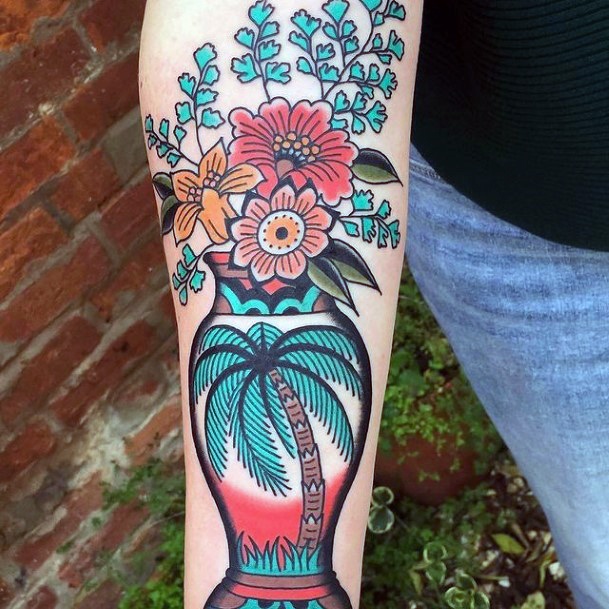
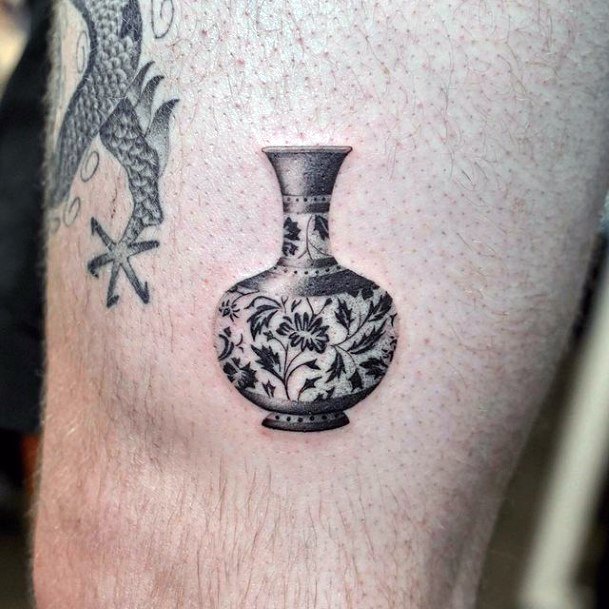
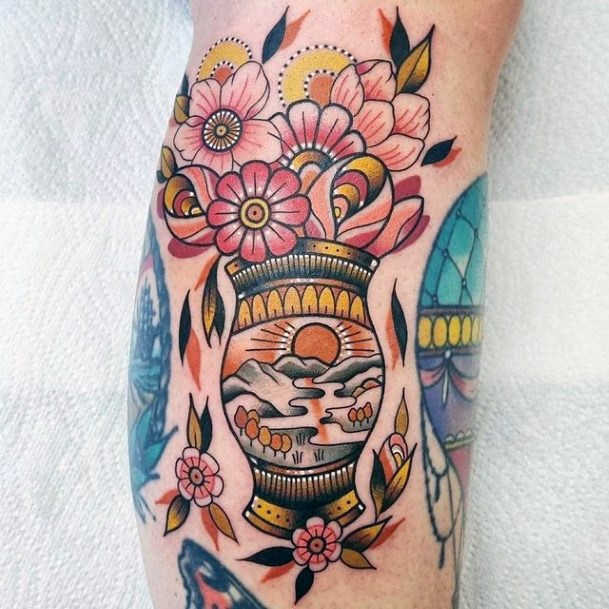
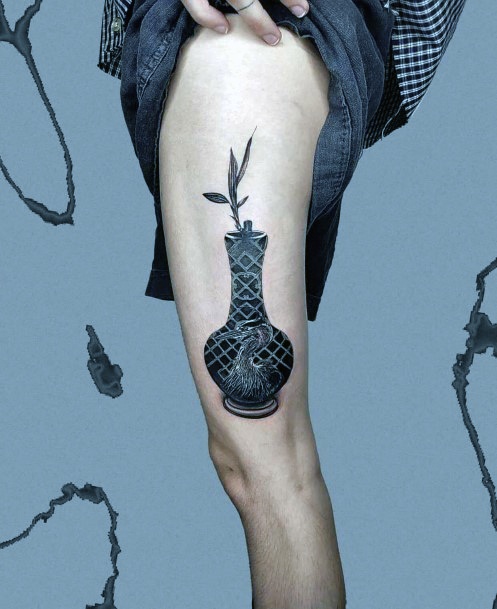
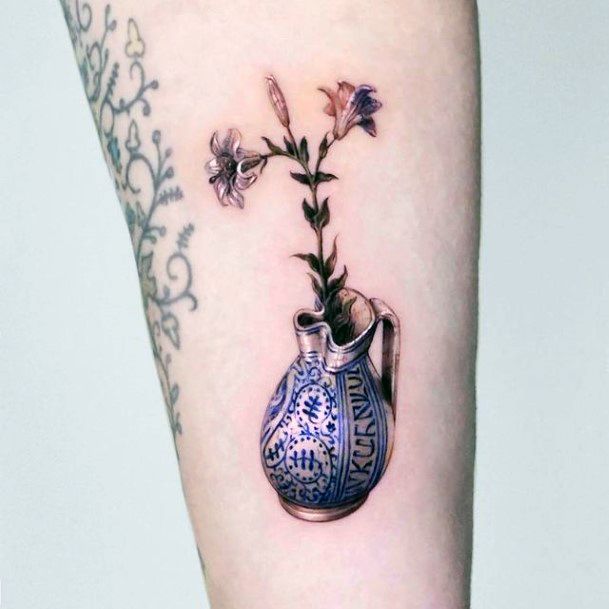
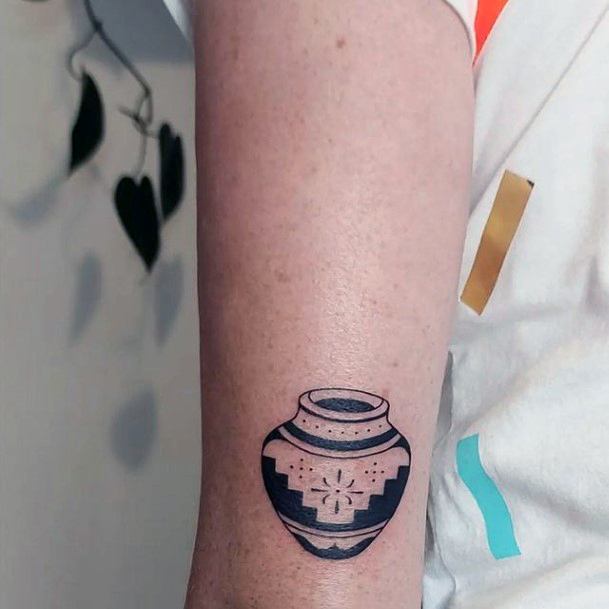
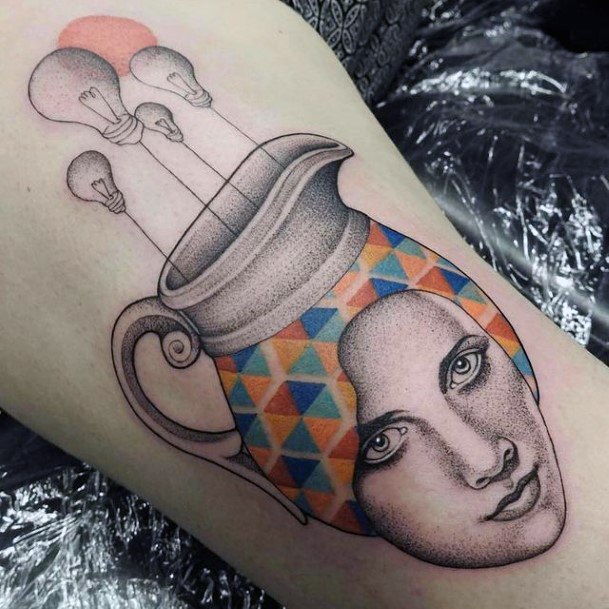
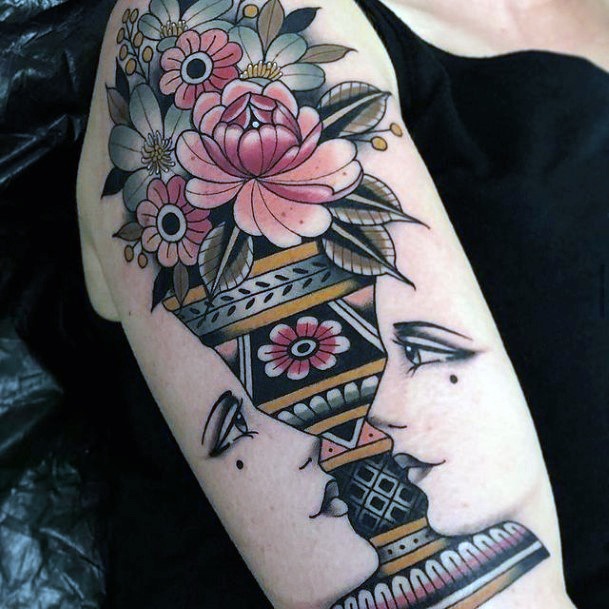
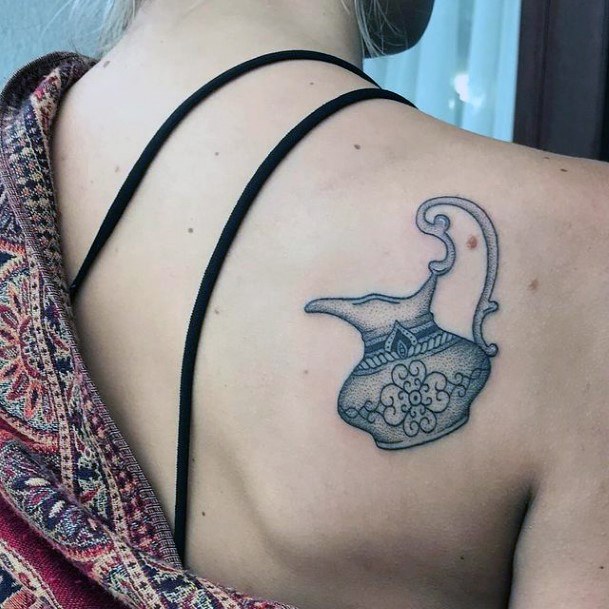
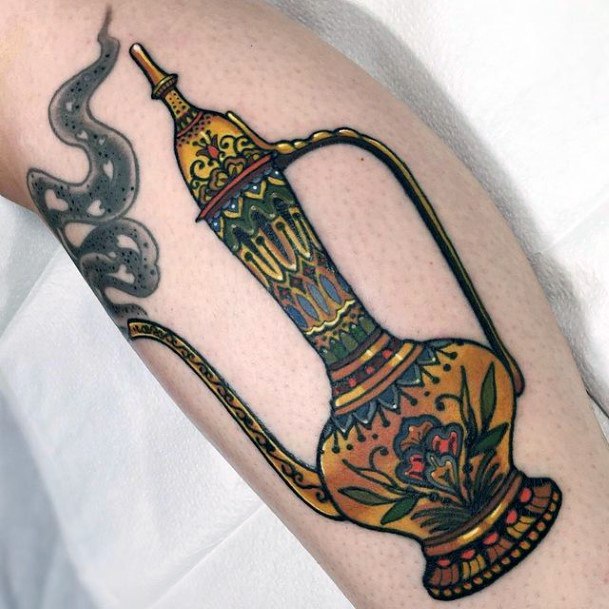
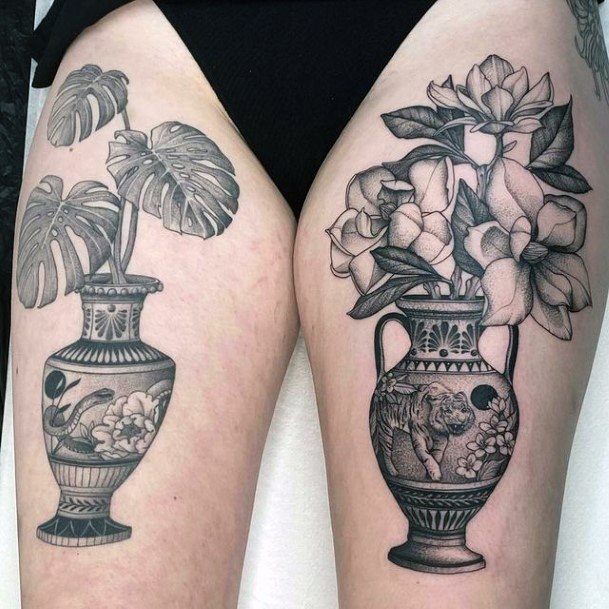
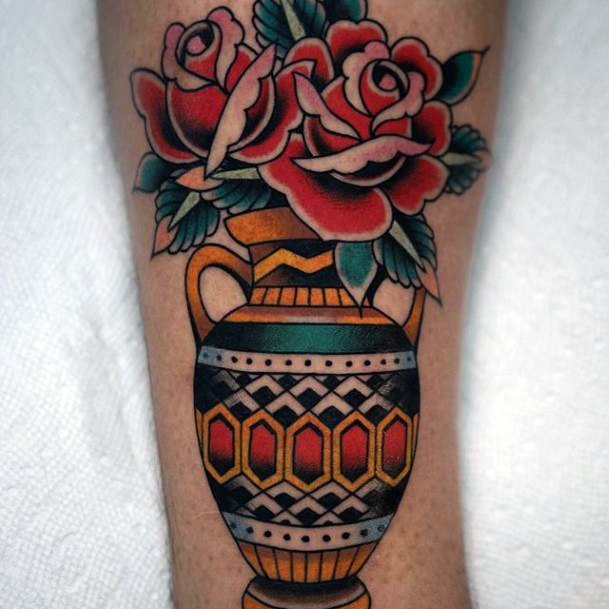
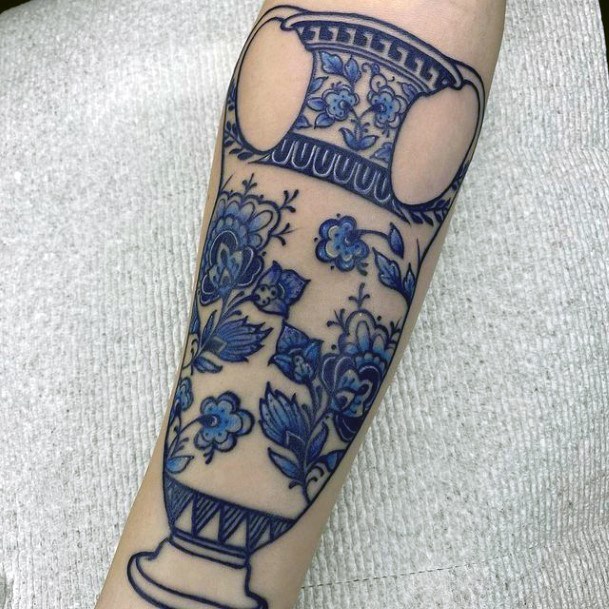
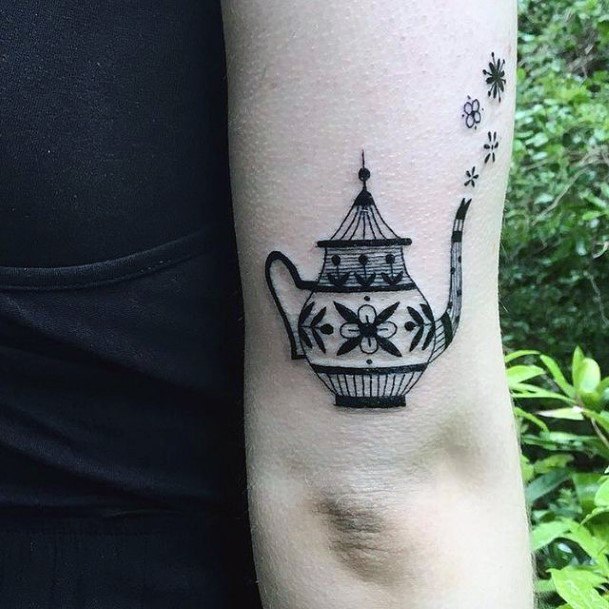
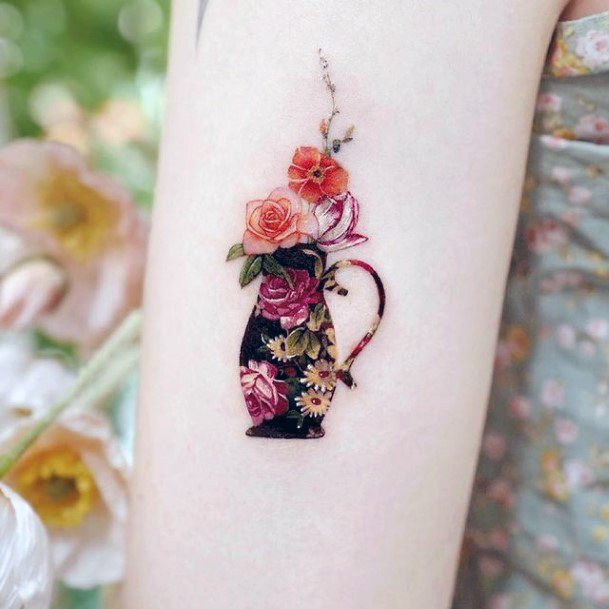
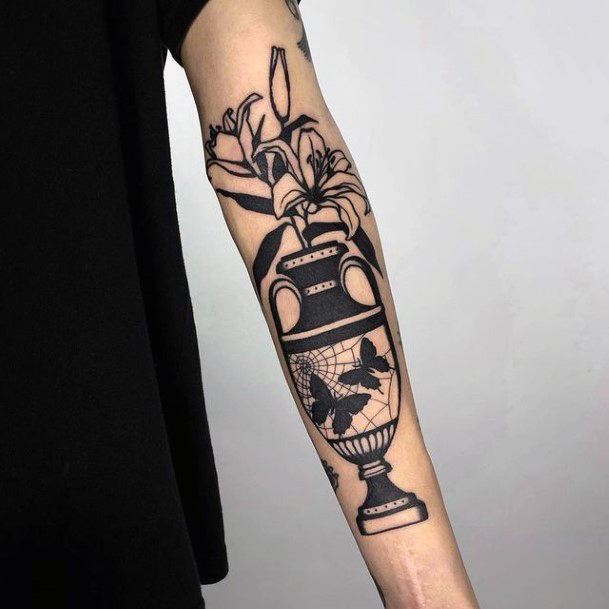
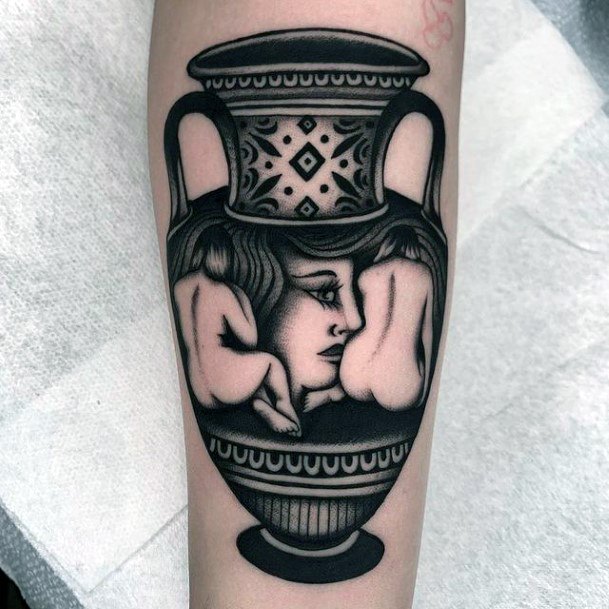
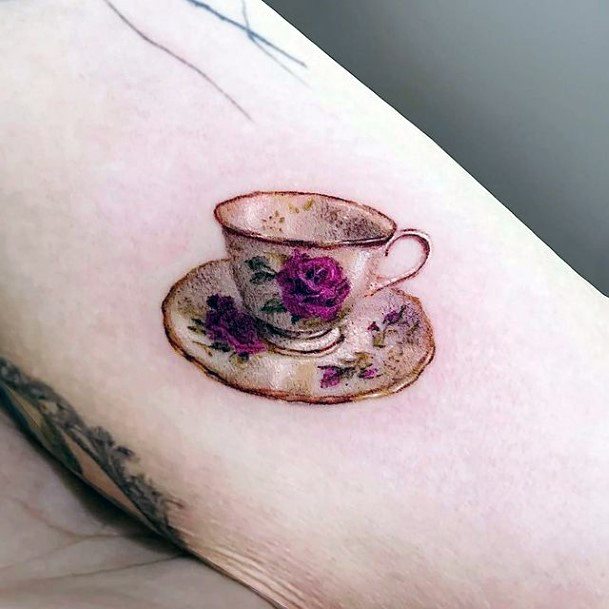
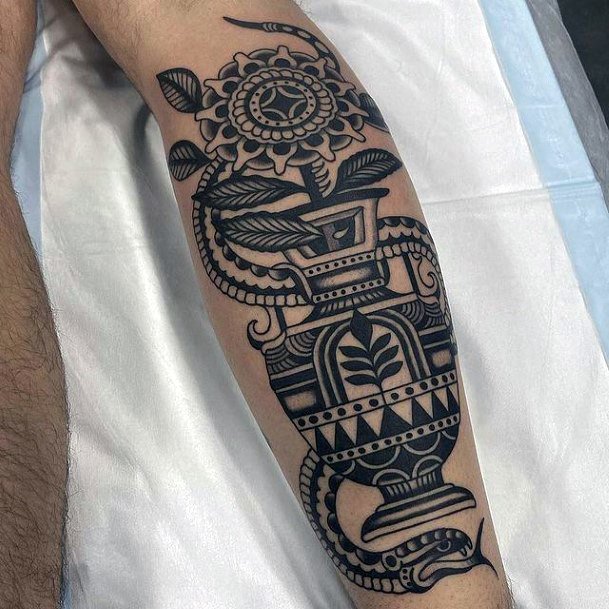
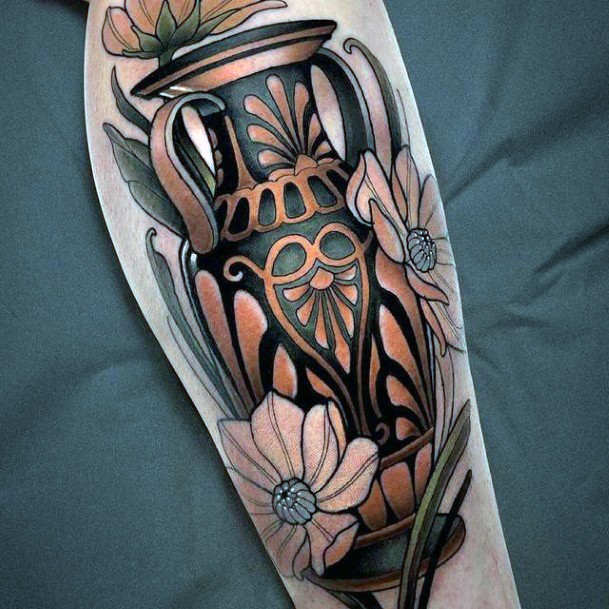
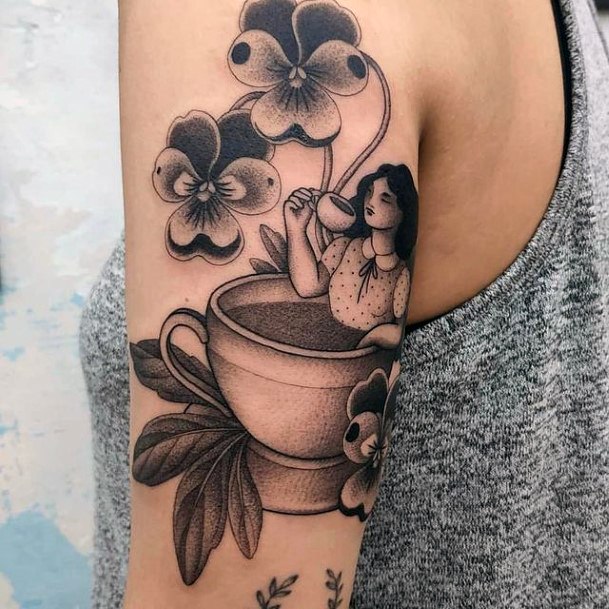

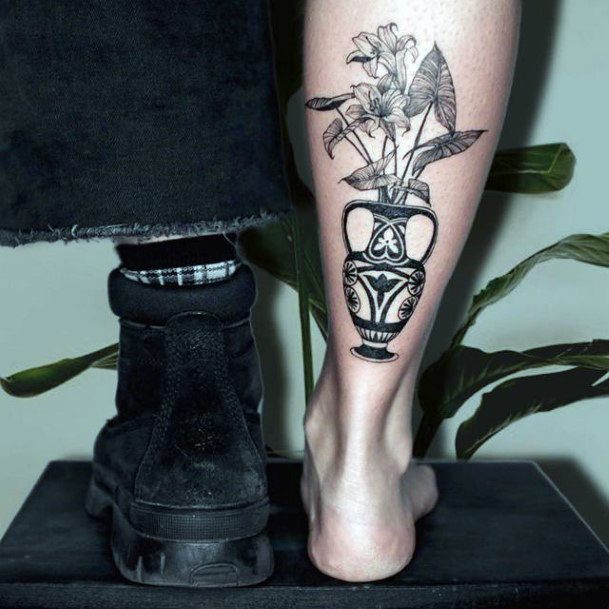
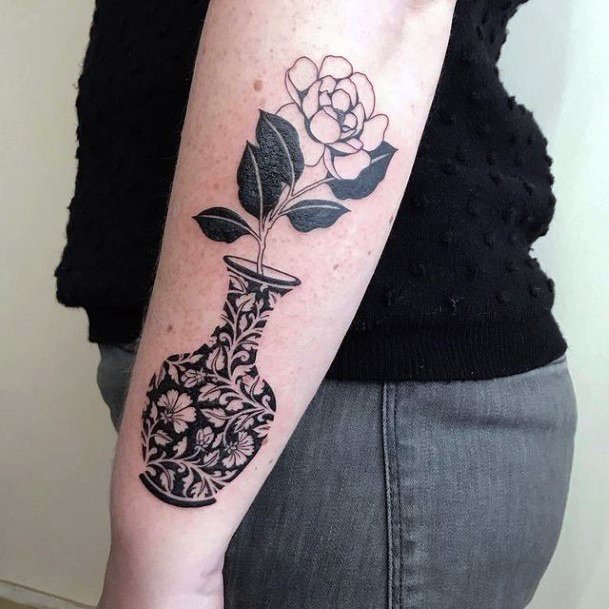
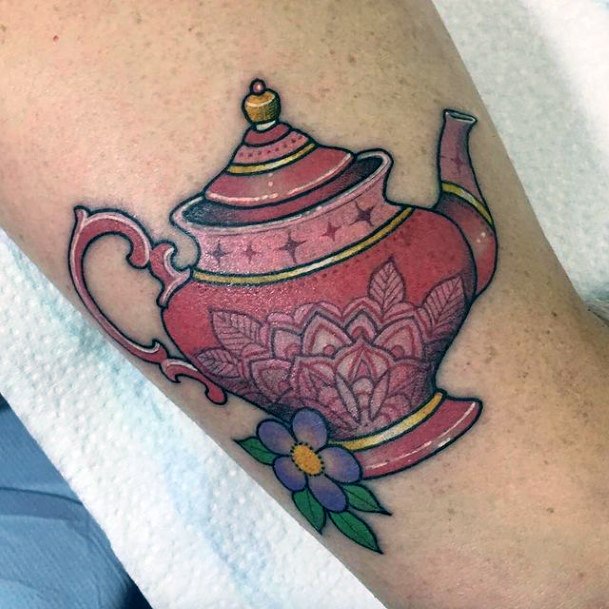

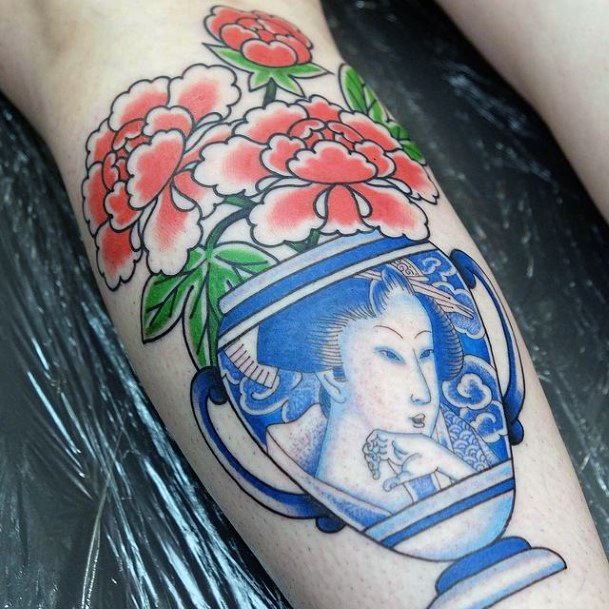
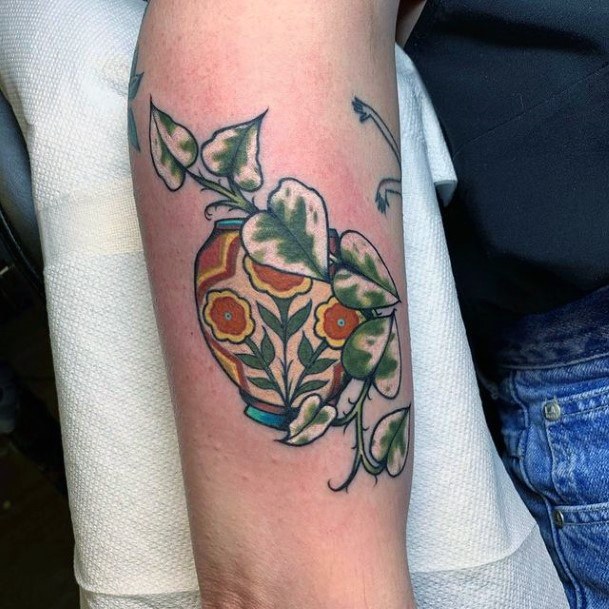


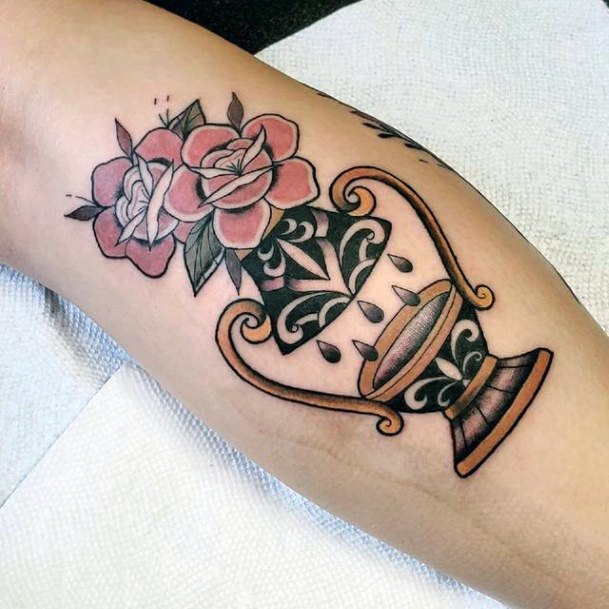

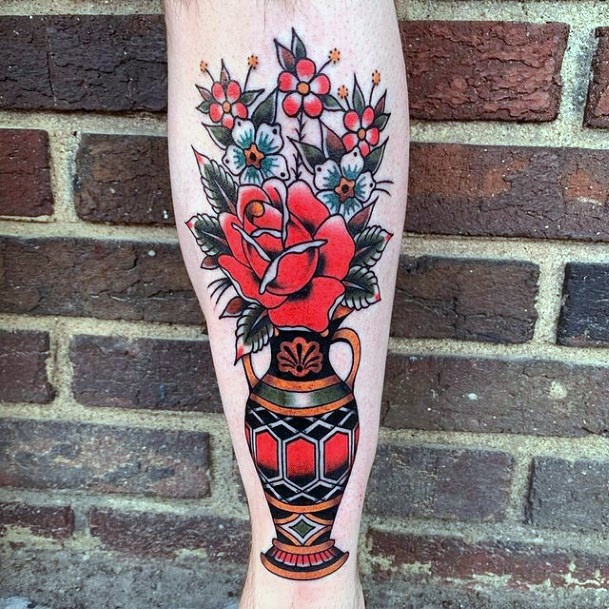
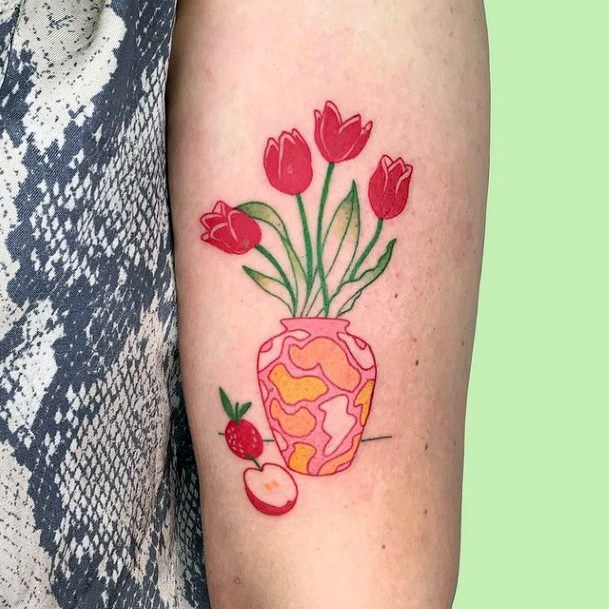
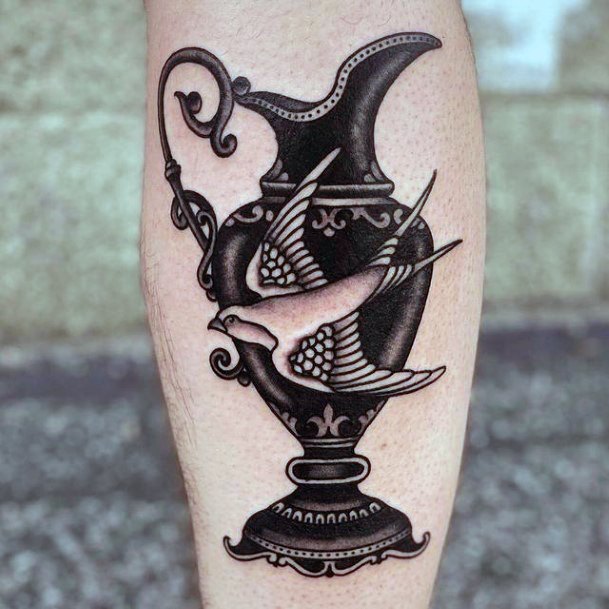
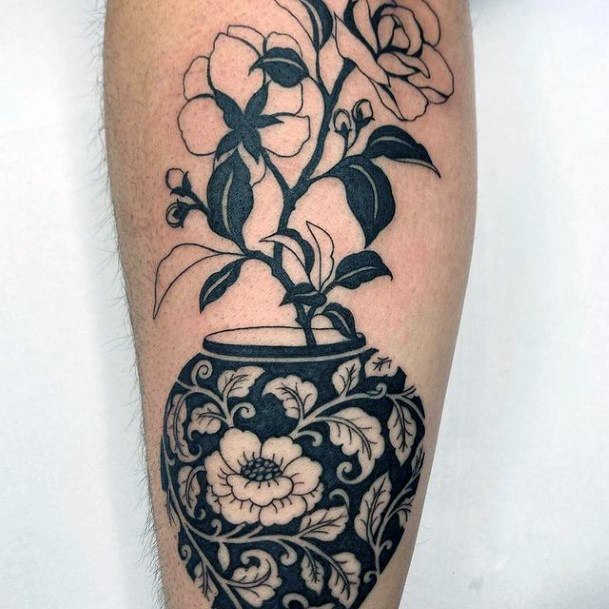
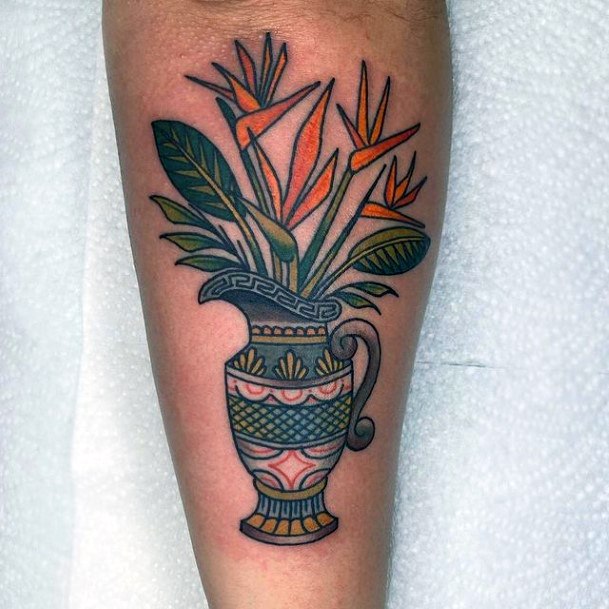
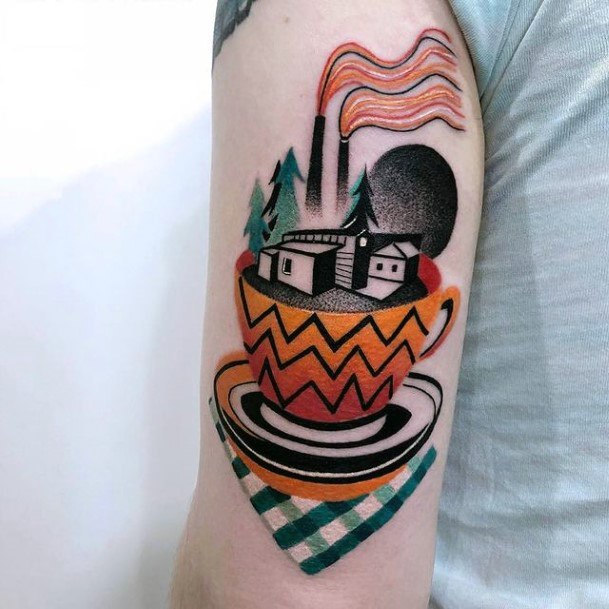

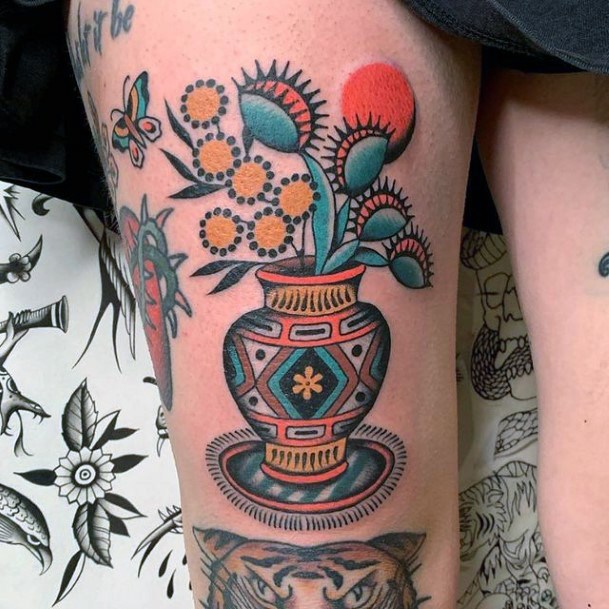
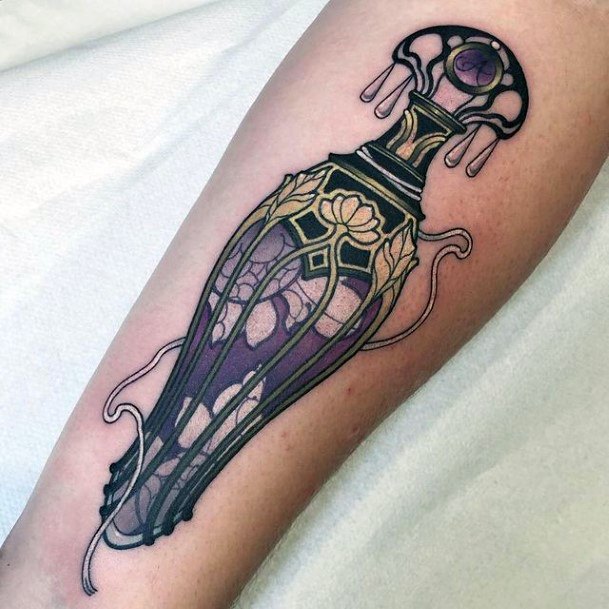
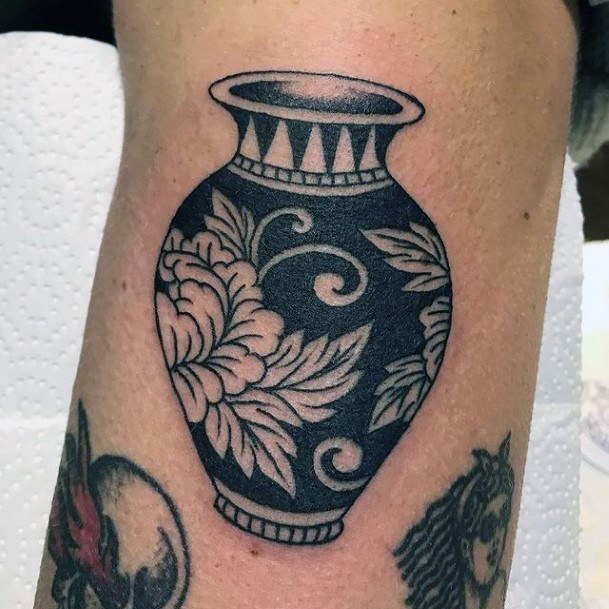
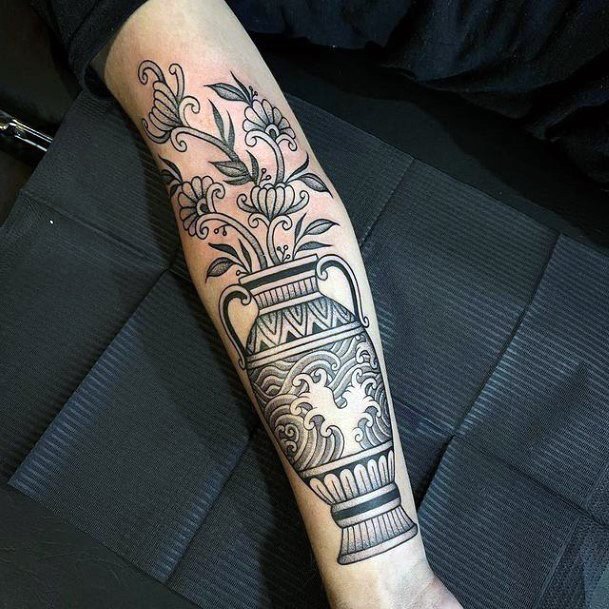
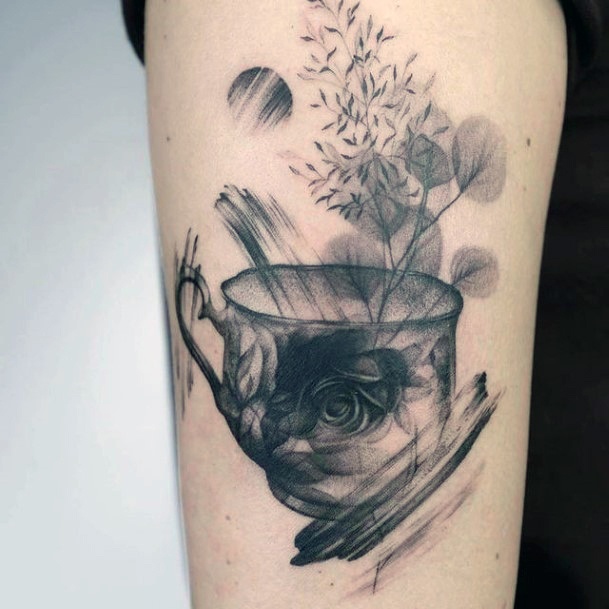
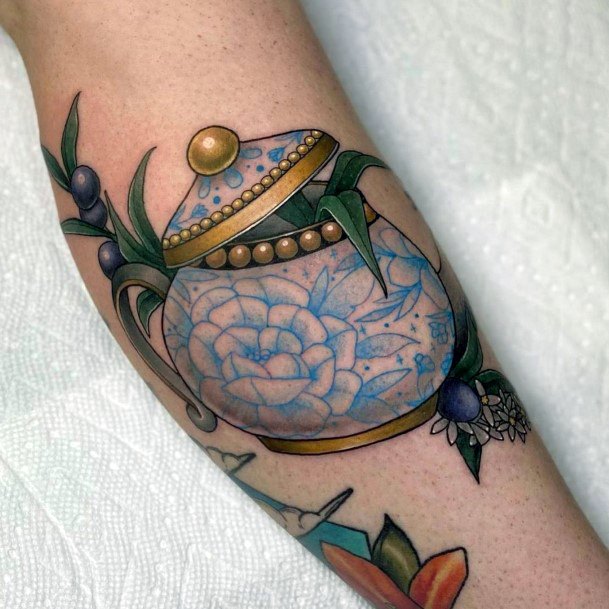
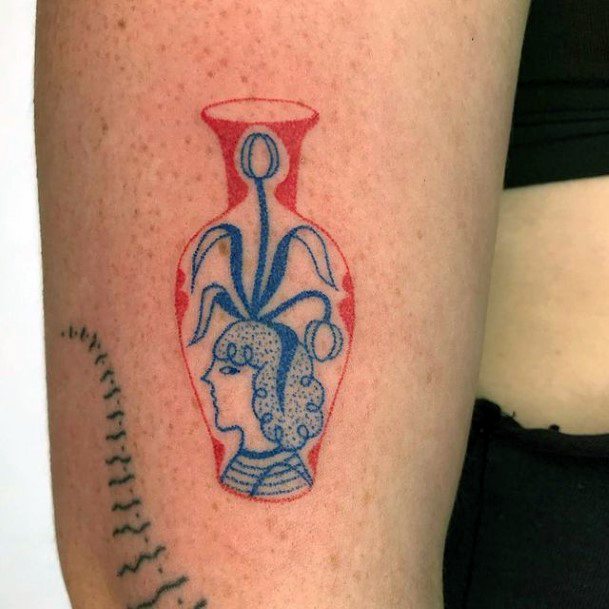
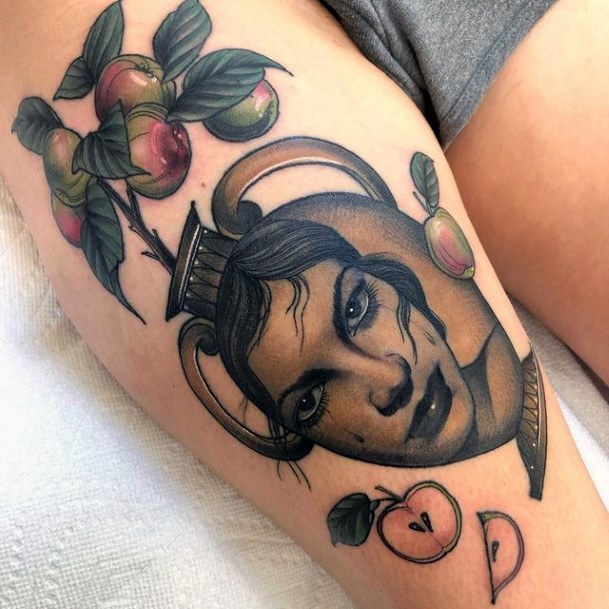
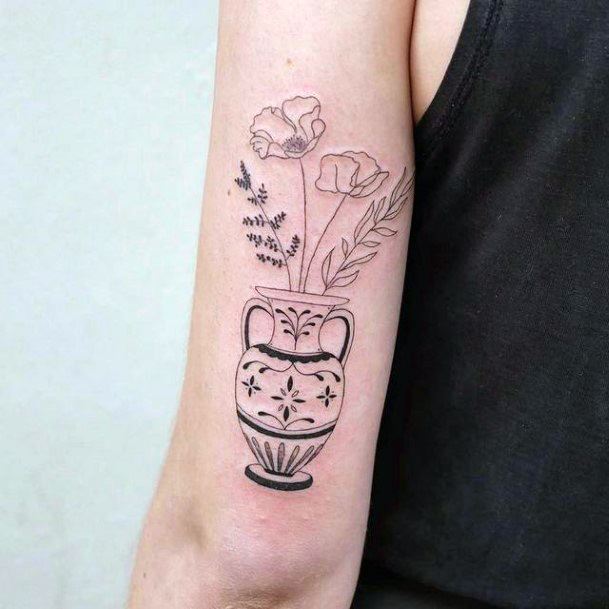
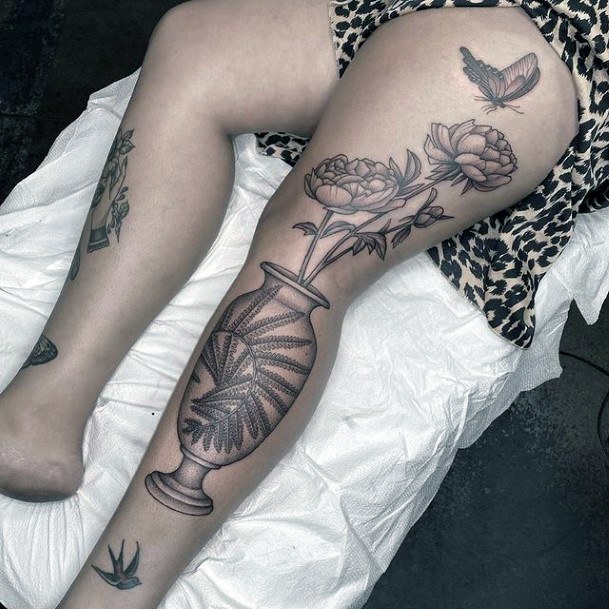
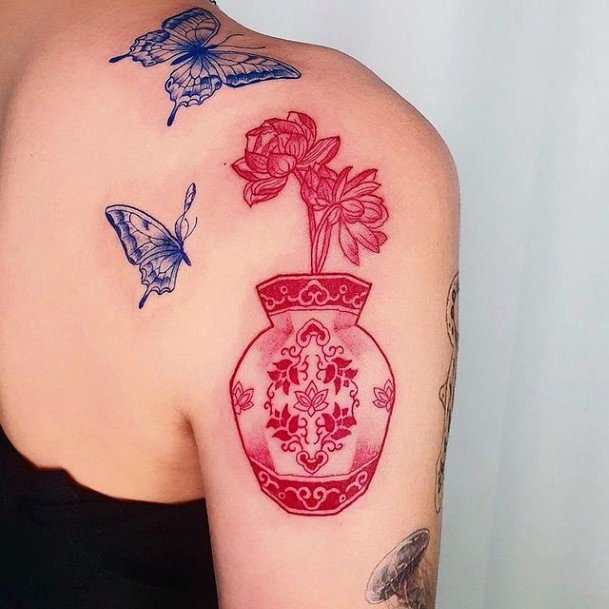
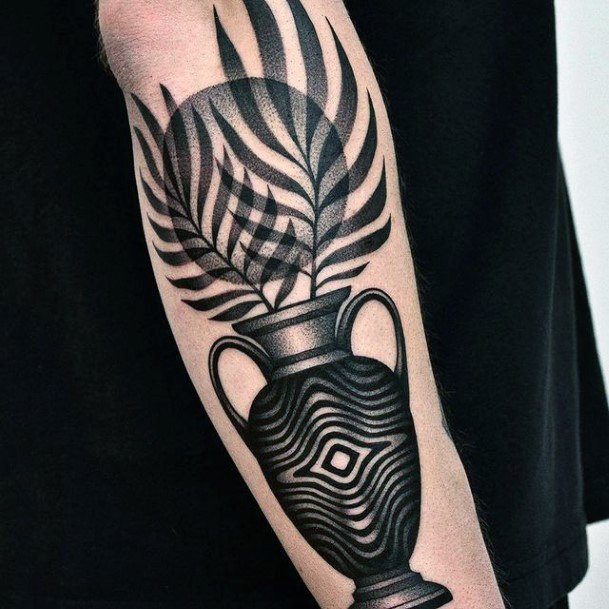
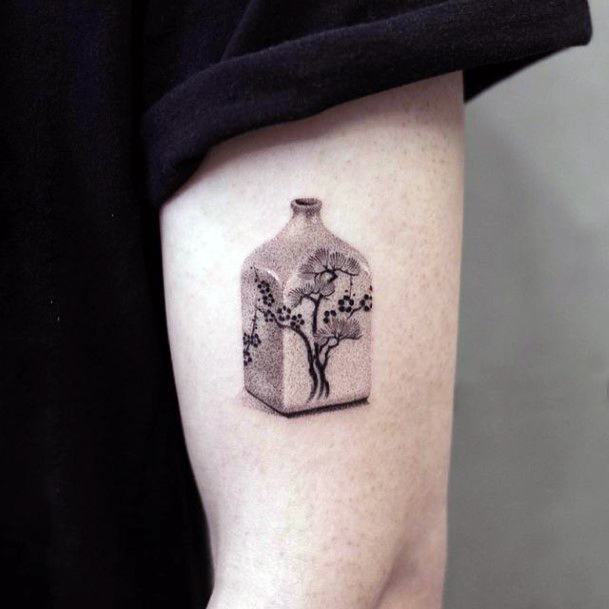
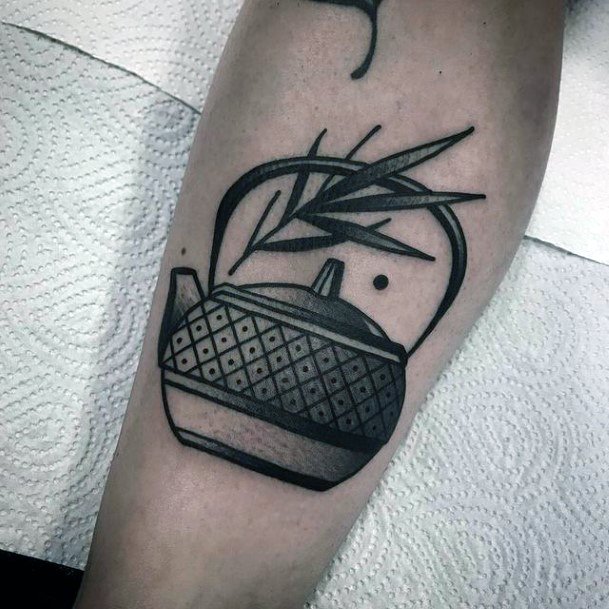
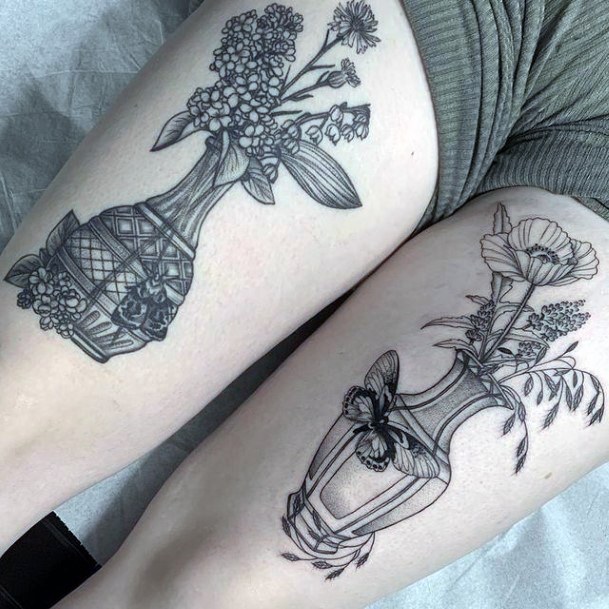
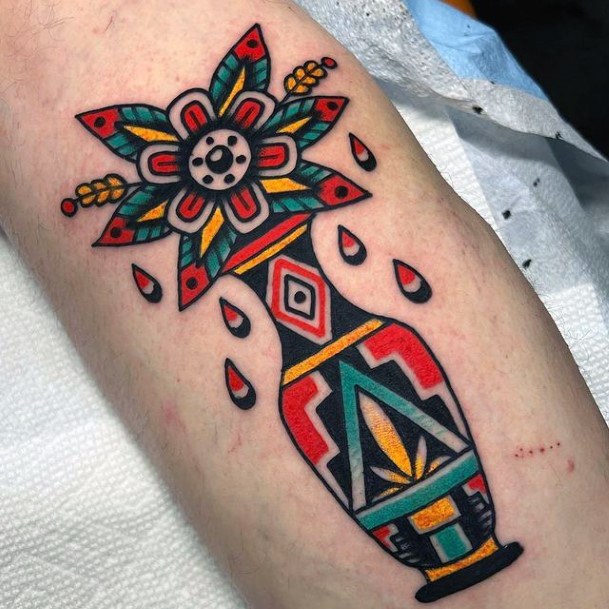
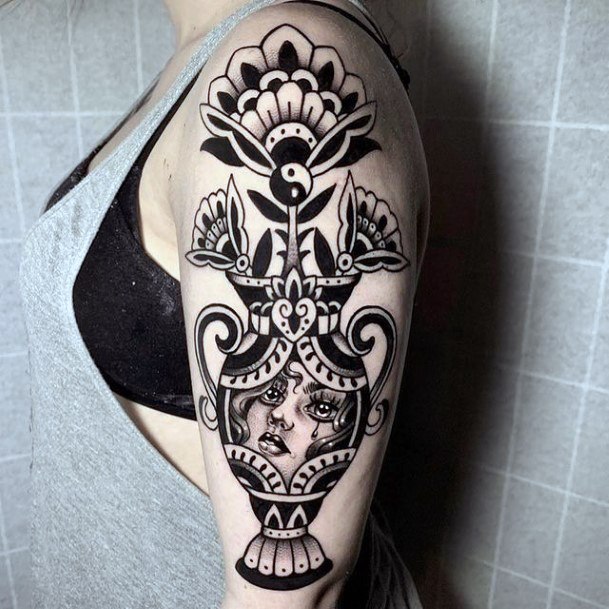

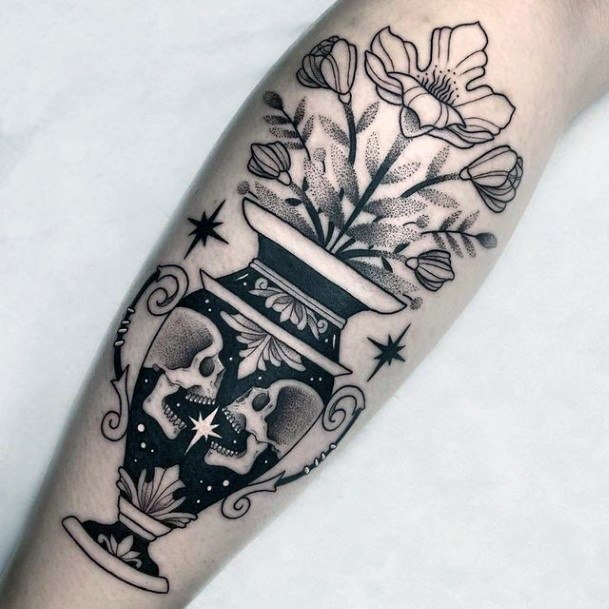


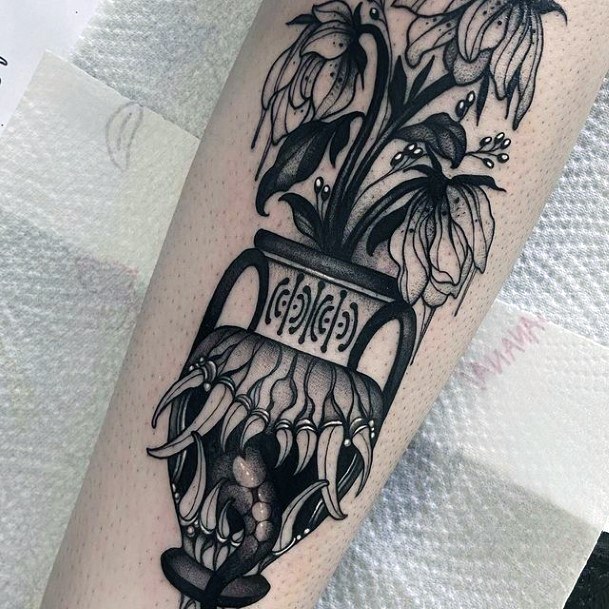
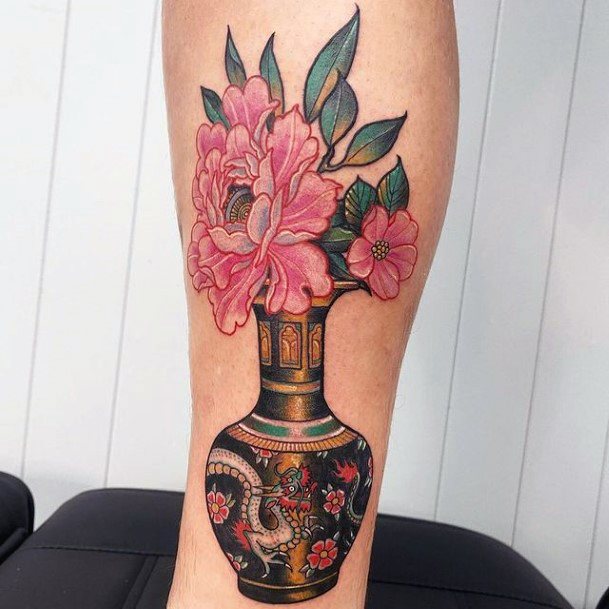

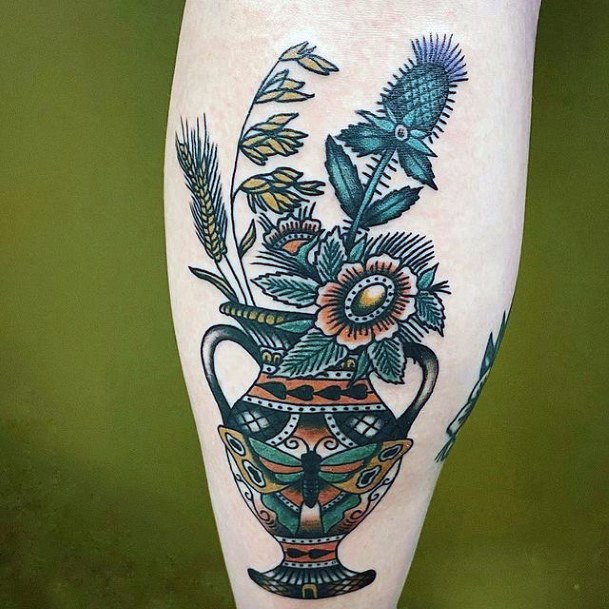
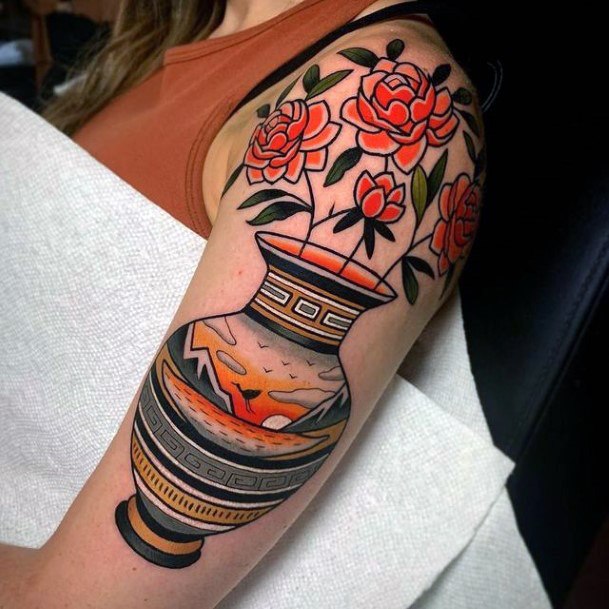
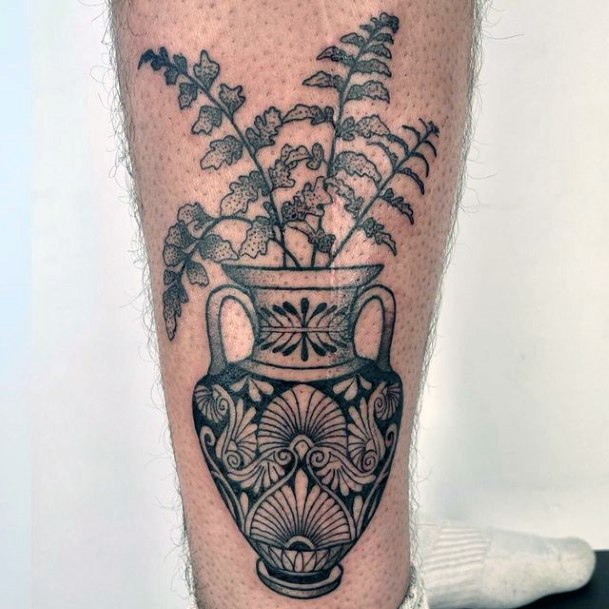
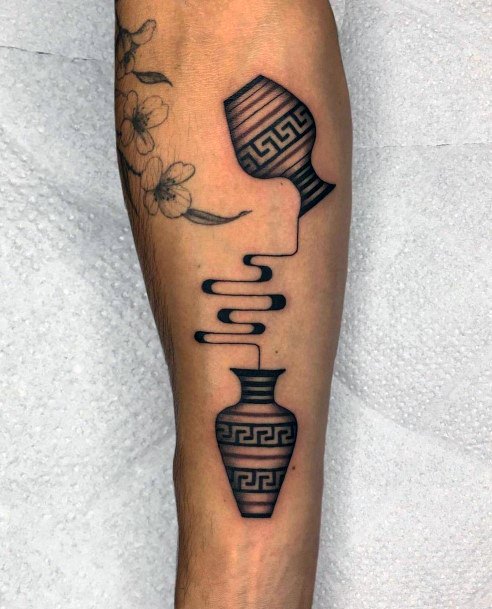
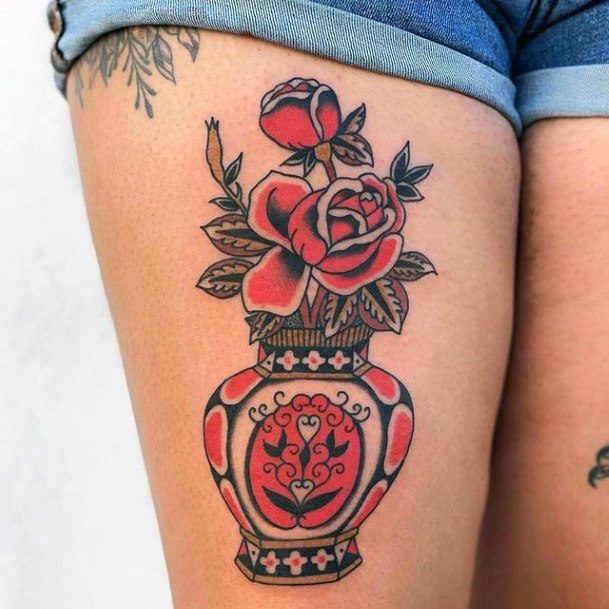

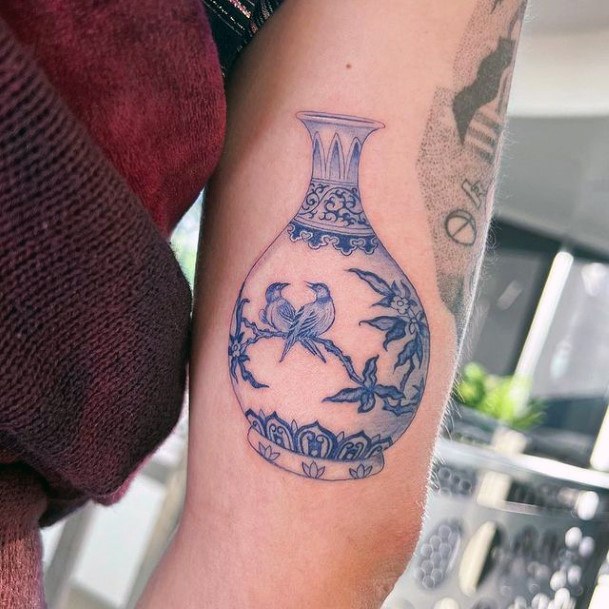
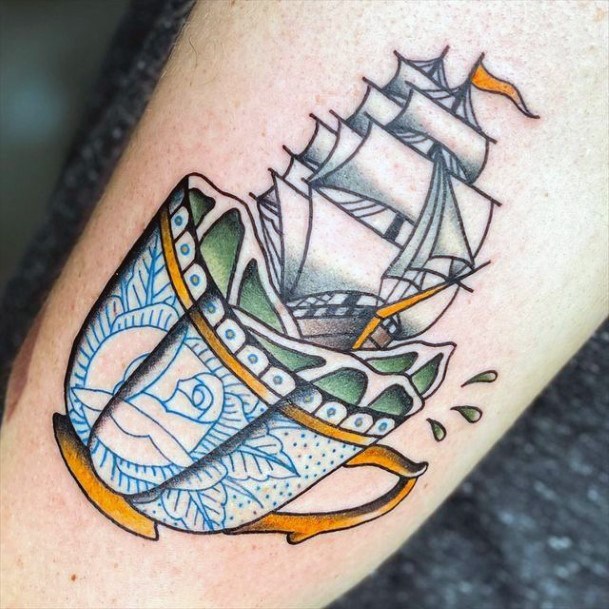
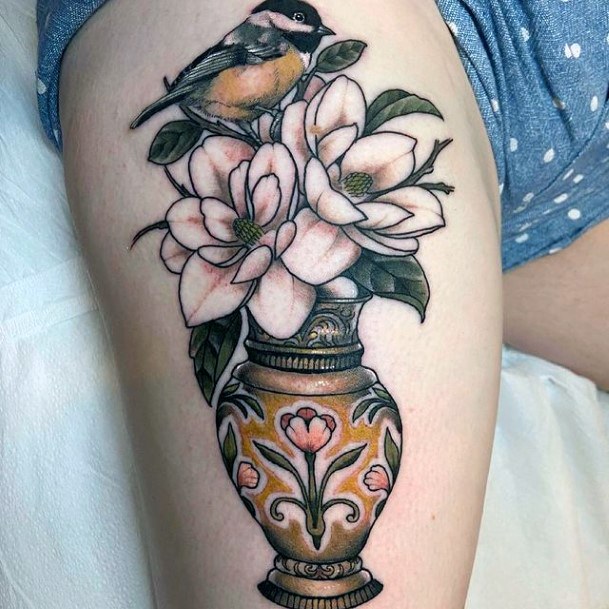
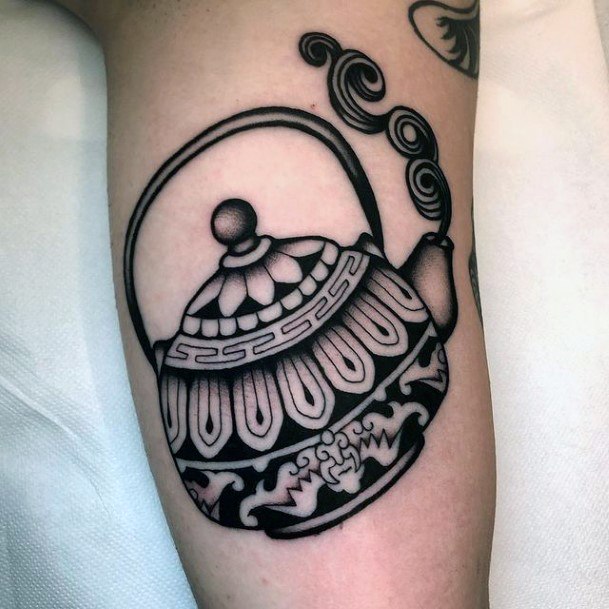

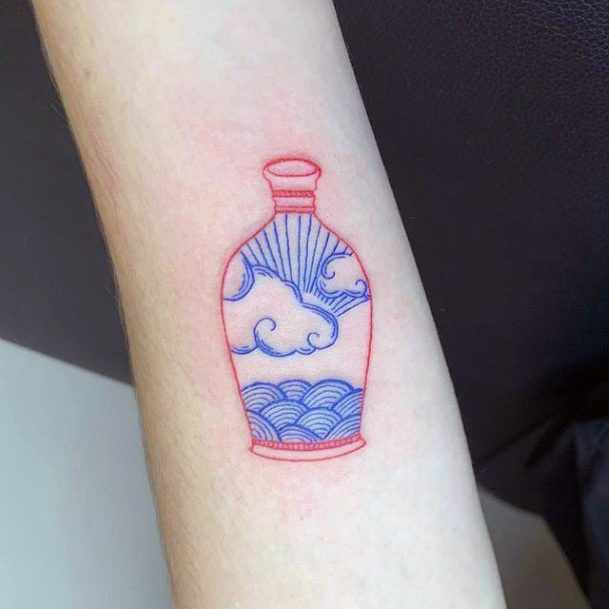

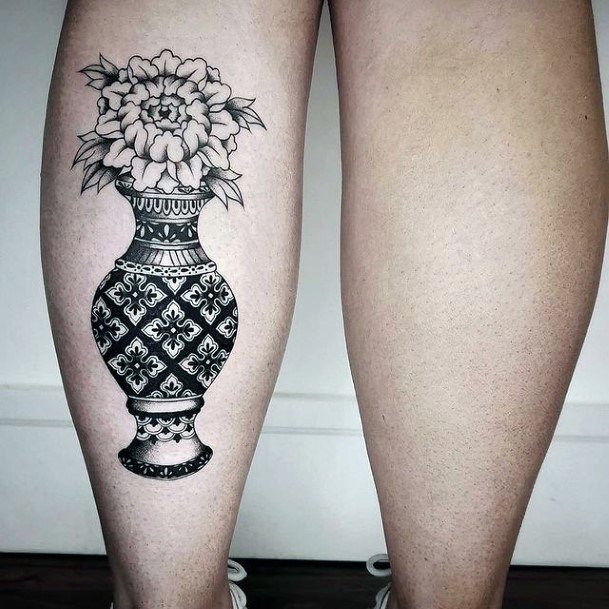

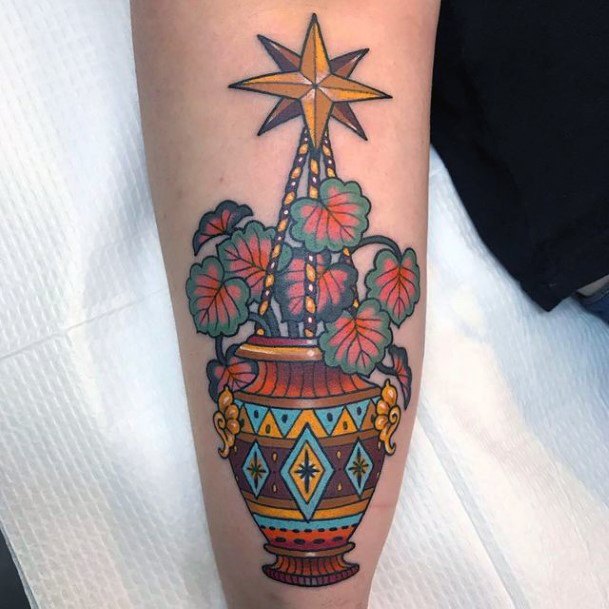
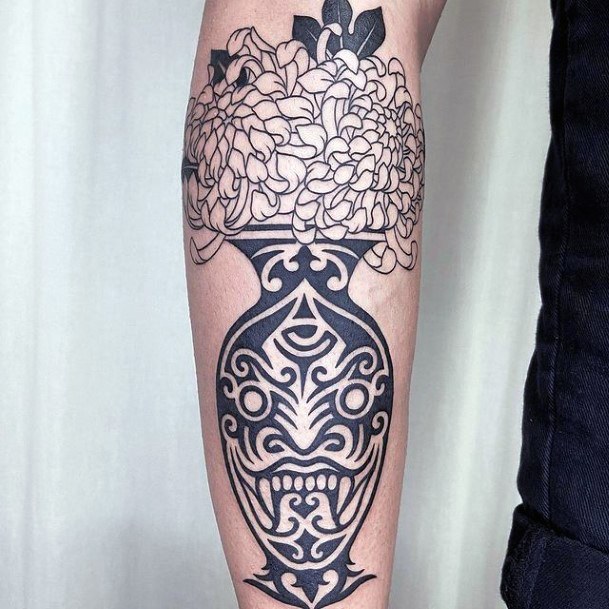

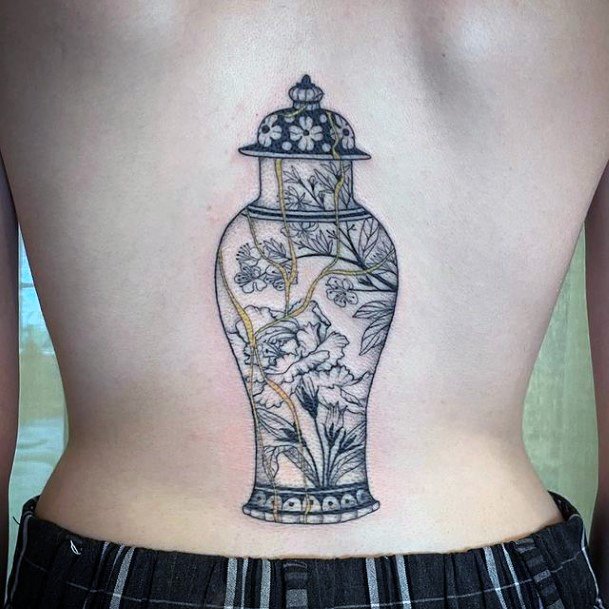

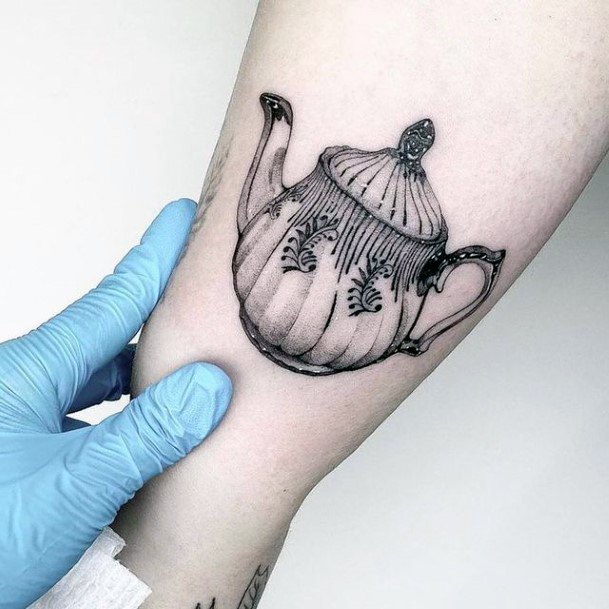
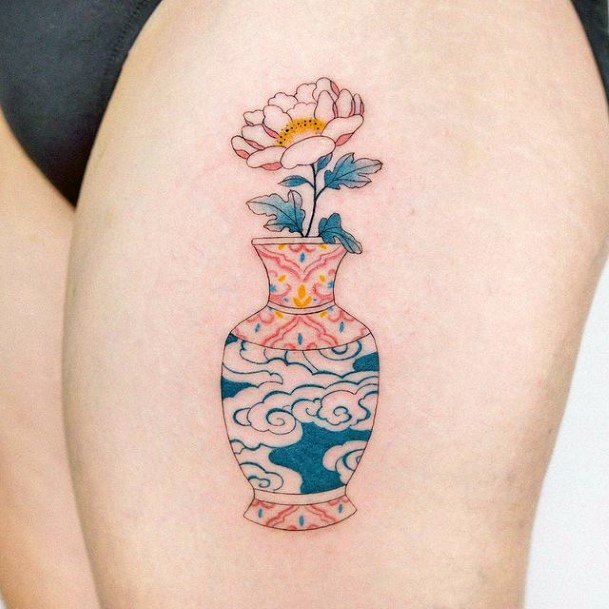

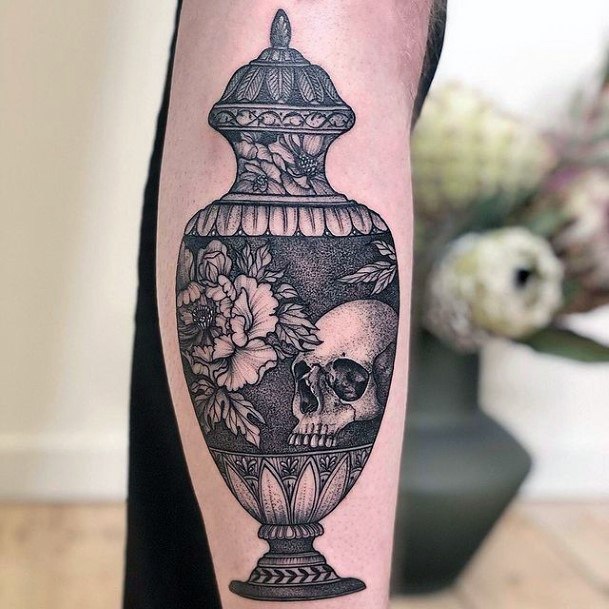
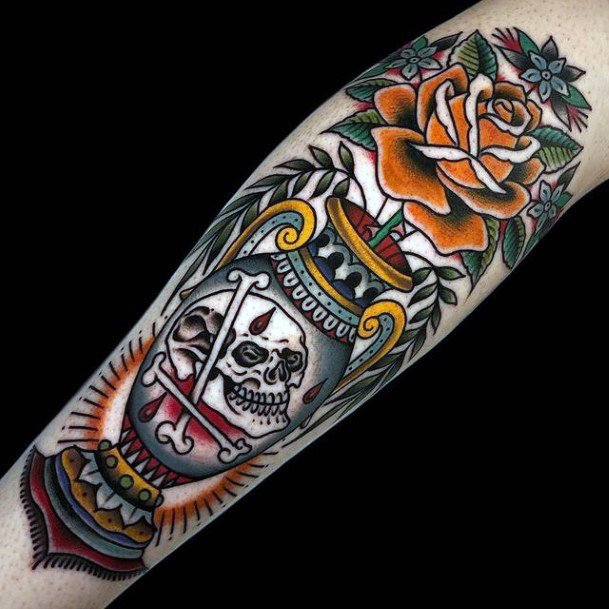
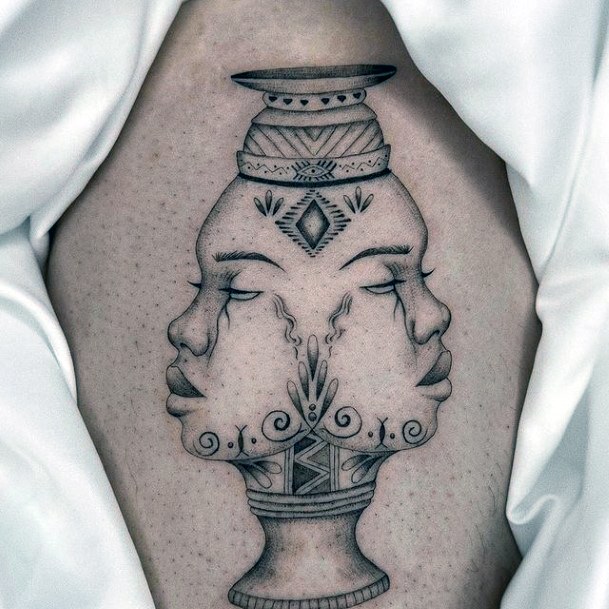
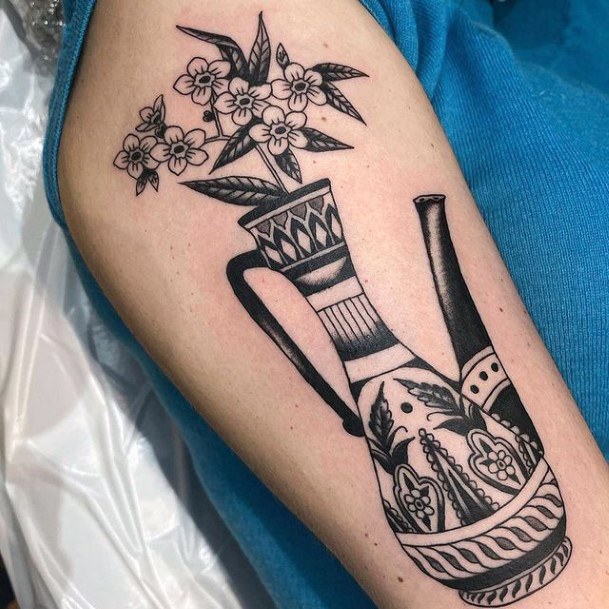
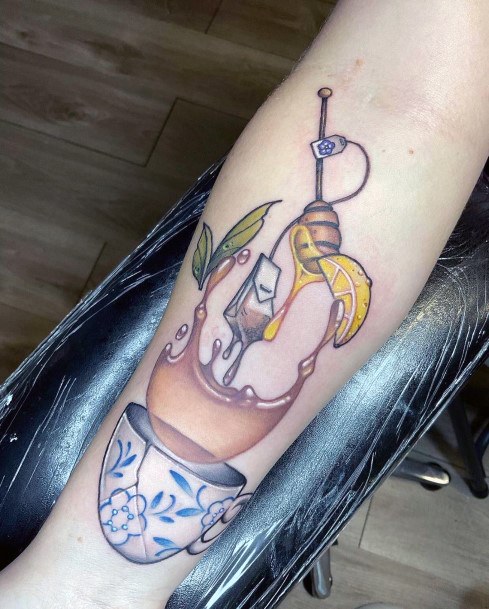
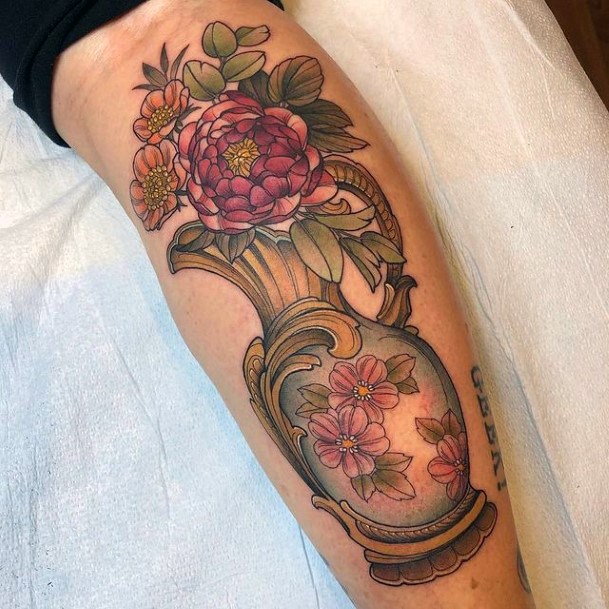
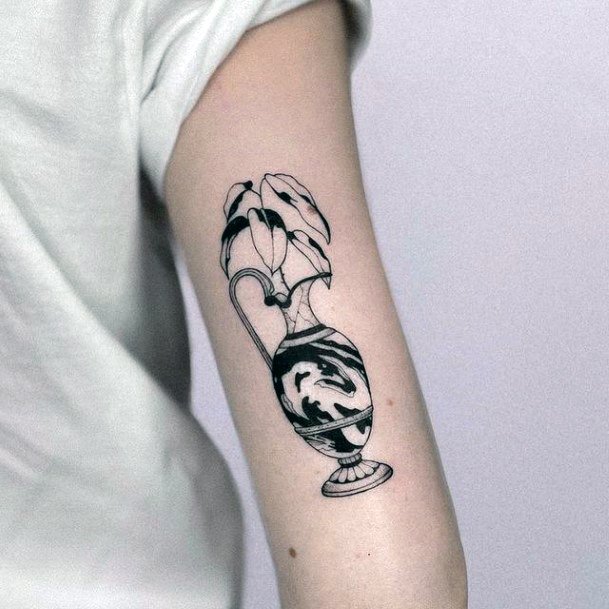

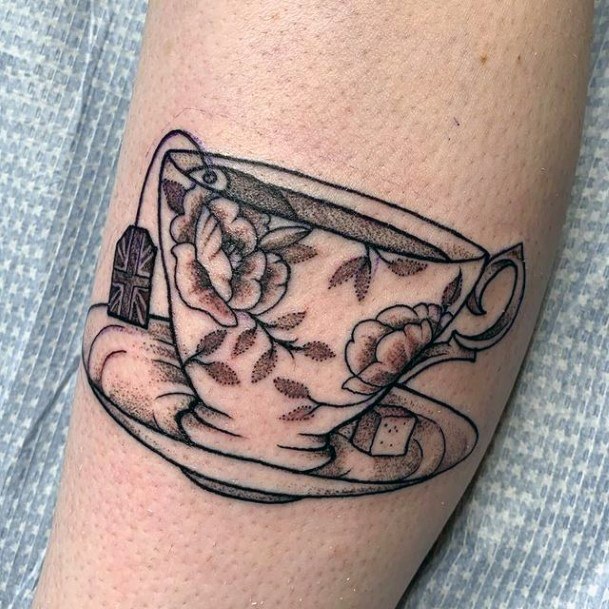
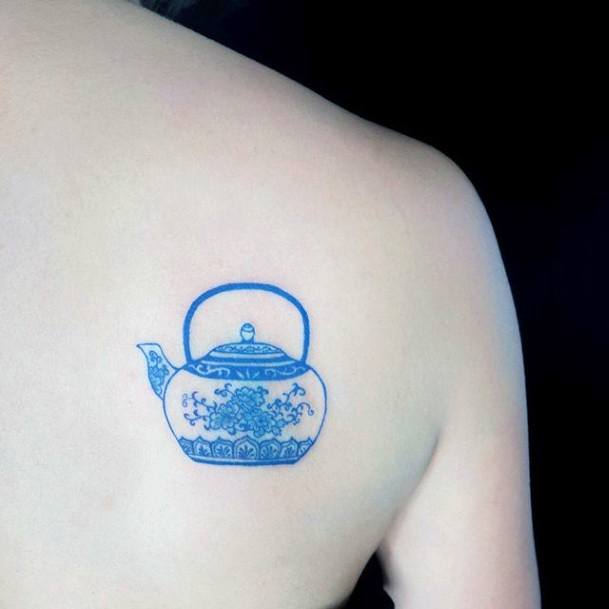
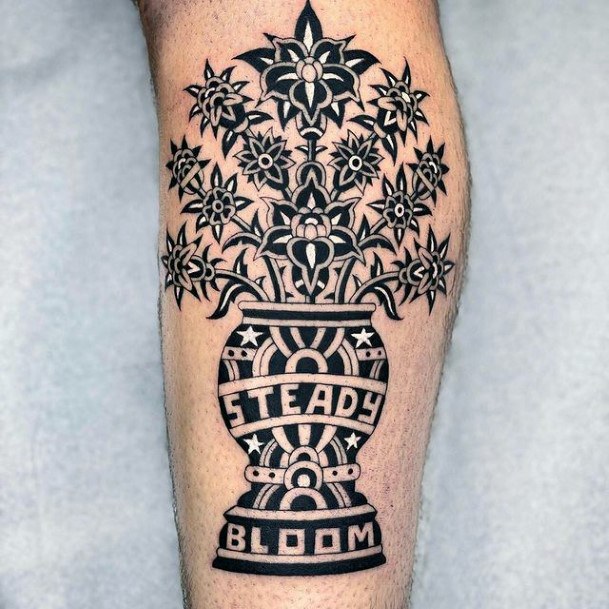
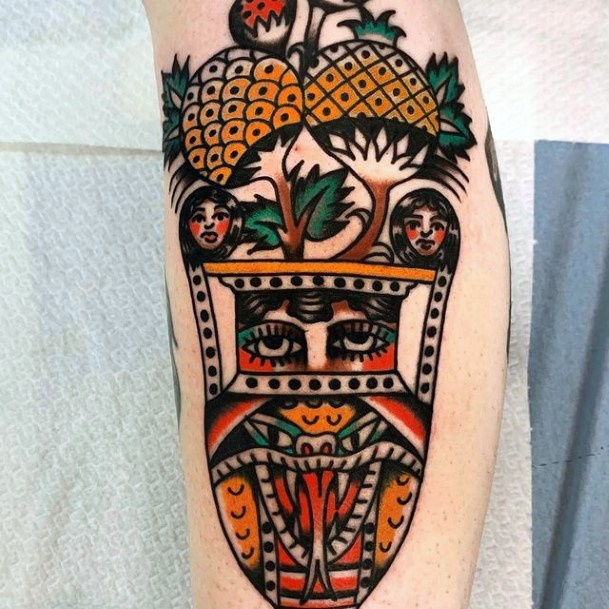
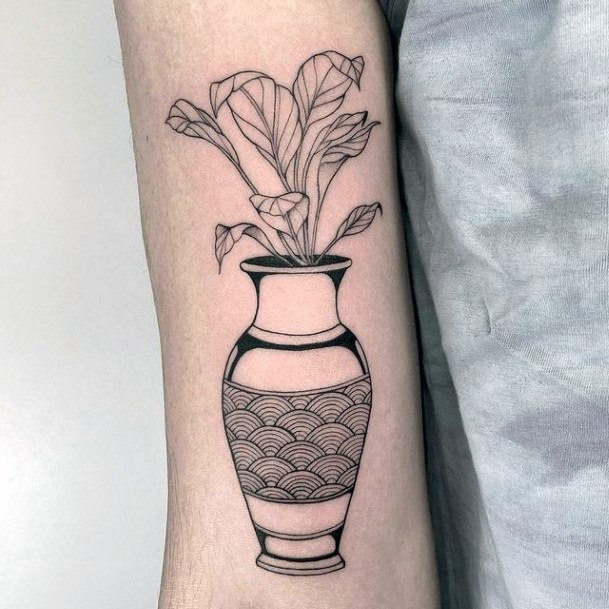
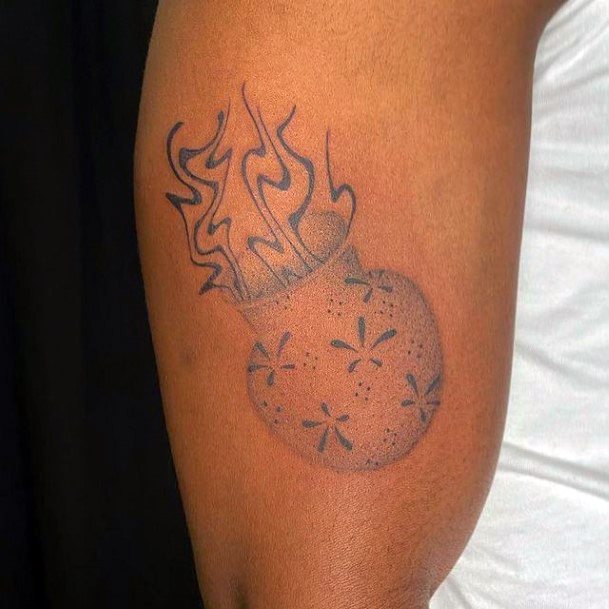
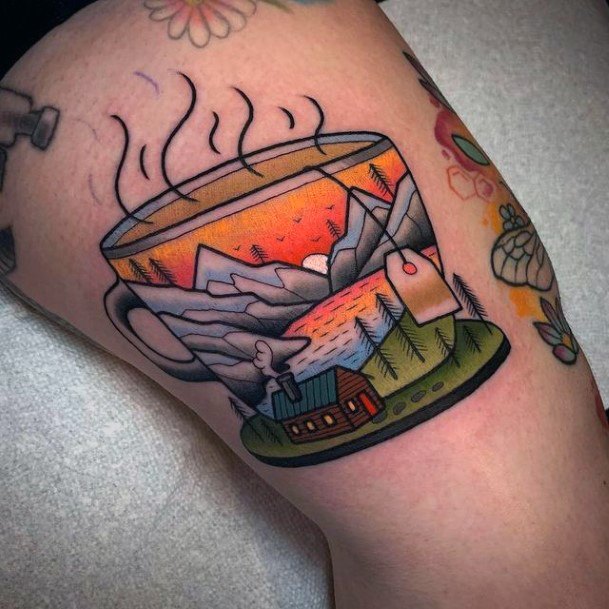
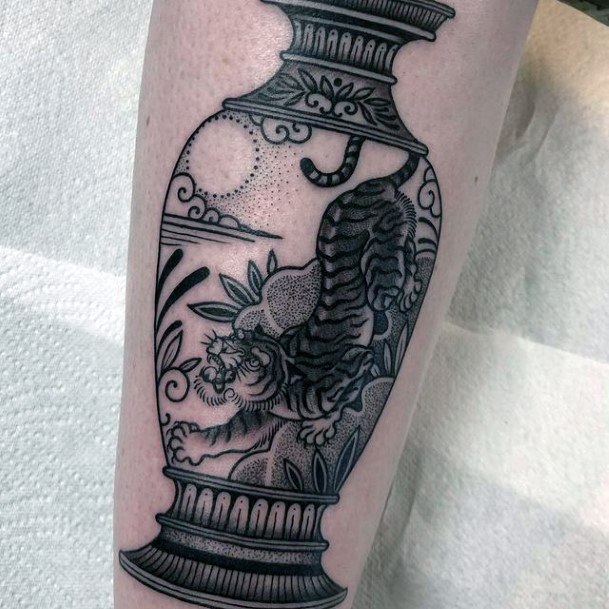

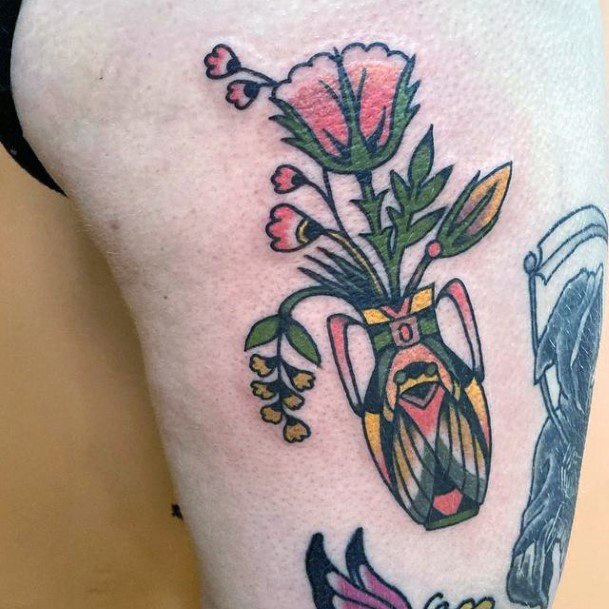
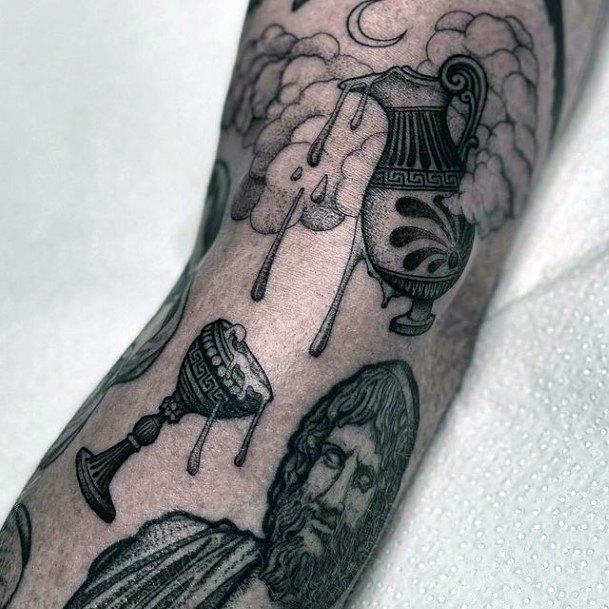

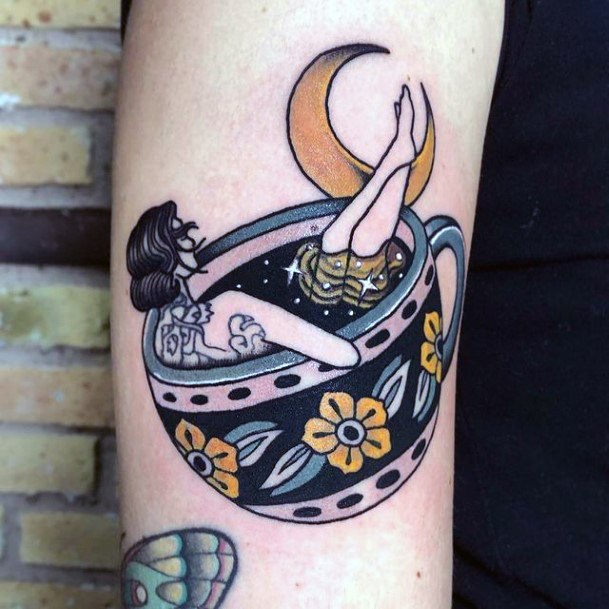
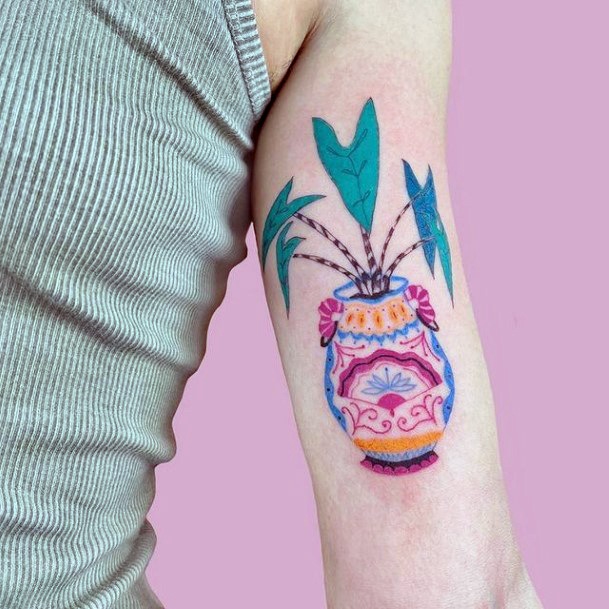
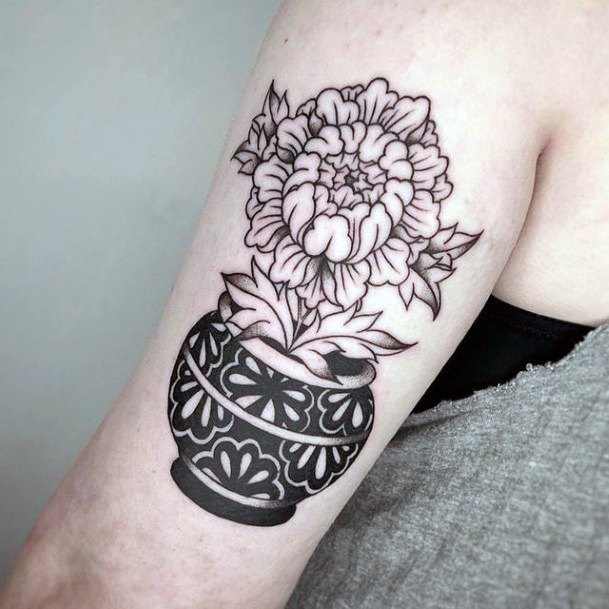
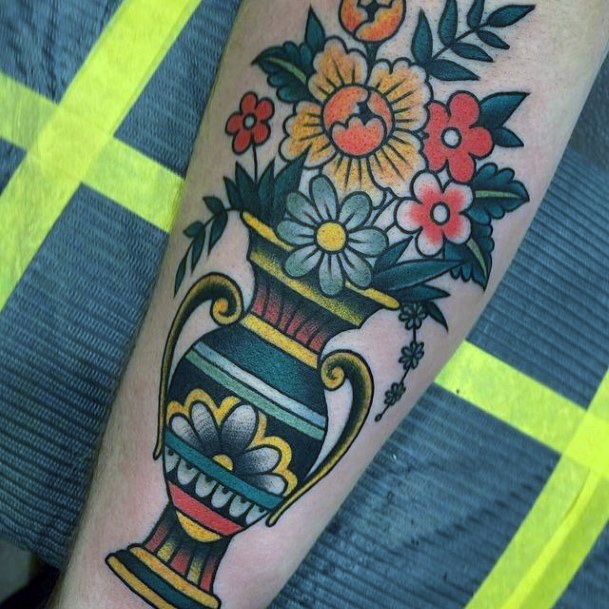
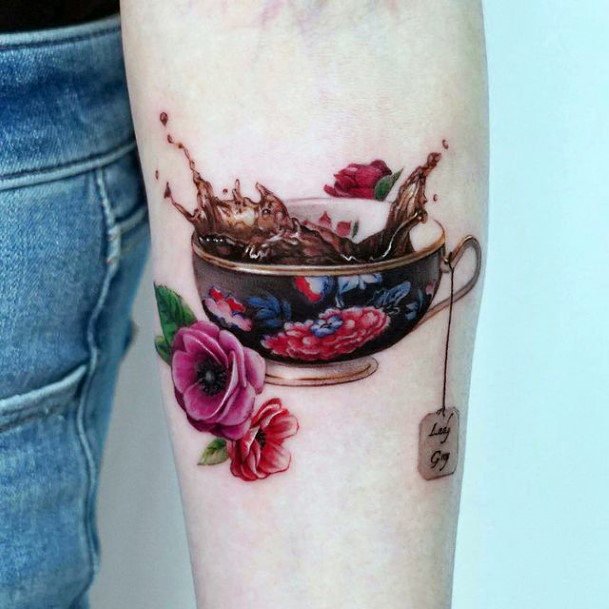
Pottery design ideas to consider:
General inspiration:
Potter’s wheel
Teapots
Coffee mugs
Purely decorative vases and bowls
Flower vases and plantersFinishes:
Partial ash glaze
Shallow carvings
Terra Silgillata
Burnishing
Kithography
Agateware
Engobe
Kintsugi (Golden joinery)
Terracotta
Pottery tattoo meanings and symbolism:
What do Pottery themed designs mean and symbolize?: Pottery is an ancient art form that has been used to create objects for thousands of years. Throughout history, pottery has been used to represent many different ideas and symbols. In many cultures, pottery was used to express religious beliefs, as well as political and social views. It also served as a medium of communication between people and their gods. Pottery can be seen as a reflection of the culture it comes from and the symbolism it contains can tell us a great deal about the beliefs of those who created it.
One common symbol found in pottery is the spiral or whorl pattern, which is thought to represent the cycle of life. This pattern is often seen on ancient Greek vases and other artifacts from this period. It symbolizes renewal, growth, fertility, and eternity; all concepts that were important to the Ancient Greeks. The same pattern can be seen in some Native American pottery from various tribes such as the Hopi and Zuni. Here, it may have represented spiritual growth or connection with nature.
The use of geometric shapes in pottery is another common symbol found throughout history. Triangles are often associated with strength while circles are believed to represent unity or wholeness. Squares are sometimes seen as symbols of stability while hexagons are thought to represent harmony or balance between opposing forces. These shapes can be found on many types of ancient pottery from around the world including Chinese porcelain and Mayan jade carvings.
Animals are also commonly featured on pottery pieces throughout history, often taking on symbolic meanings depending on their species or characteristics depicted in each piece. For example, birds were frequently used by Ancient Egyptians to symbolize freedom and flight; whereas cats were seen as protectors against evil spirits due to their ability to see in darkness better than humans could at night time. Snakes were also popular symbols in many cultures because they were believed to have healing powers; hence why they were often depicted on Greek vessels known as ‘ophidian’ vases which were made specifically for storing medicines or potions meant for healing purposes only!
Symbols related to death have also been found on some types of pottery throughout history such as skull-shaped vessels from Mexico which were used during funerary rituals; or cemeteries located near bodies of water where ancient people would place offerings like small pots filled with food items meant for deceased loved ones still living in spirit form! Similarly – crossbones have been found adorning some pieces too – likely representing mortality itself (as opposed just being a warning sign).
The sun is another symbol that has been widely represented in pottery since ancient times due its importance in many cultures’ religions and mythologies – most notably among Aztec peoples who saw it as a source of life-giving energy but also among Ancient Greeks where Helios (the sun god) was worshipped through offerings made inside special clay vessels called ‘hydriae’! Similarly – stars have long been featured too – usually depicting hope & guidance for those looking up into night sky!
Finally – flowers are one last type of symbolism that appears quite frequently across different types & styles of ceramics – whether its lotus blooms representing purity & enlightenment within Buddhism or daisies showing innocence & joy within Christianity…these blooms offer an array colorful interpretations depending upon context & cultural background!
Pottery has long served as an important medium for expressing symbolic messages about life, death, religion, politics and more over thousands of years across various cultures around the world! From spirals depicting eternity & cycles; geometric shapes conveying balance & stability; animals embodying protection & power; skulls representing mortality; suns reflecting energy & light; stars signifying hope & guidance; all the way through flowers showing purity & joy – these symbols help us gain insight into past civilizations’ values systems while also providing us with a greater understanding our own modern day lives today!
